|
Click on the
pictures to enlarge them.
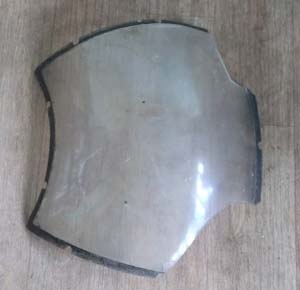
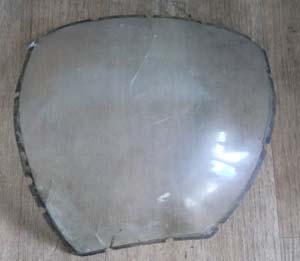
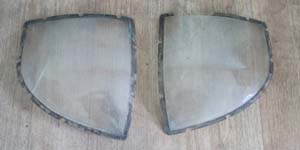

Find this peace for sale in Aircraft seats
link here
|
MK I Vickers
Wellington front Turret seat Barnes Wallis seat 1A (pg1
Seat)
This seat is unique it was
designed by Barnes Wallis for the front gunner in the
Wellington MK I and is the only known surviving example.
It was only fitted to the
Wellington MK I and was replaced in the MK IA
with Frazer-Nash two gun turrets FN5
nose, FN10 tail and FN9 ventral explaining why it is so
rare.
Its
identity has been confirmed by the RAF Museum.
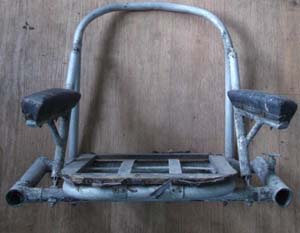 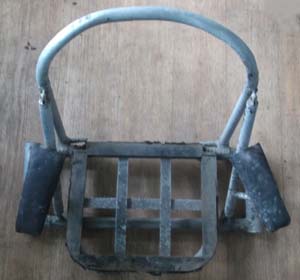 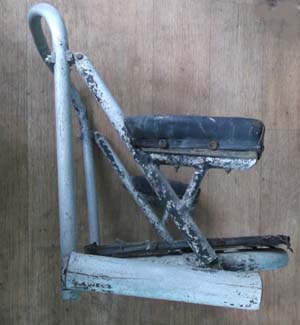 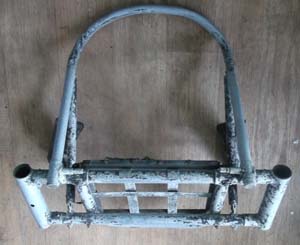
Click on the
pictures to enlarge them.
It came with three peaces
of Perspex and these are believed to belong to the original
Barnes Wallis designed MK I Wellington and will be included
in the sale.
One of the larger peaces
of Perspex was cracked but has been rejoined. As you
can see from the drawing under it is a relatively simple
design and would make a great project to build in its
original configuration.
Below
you can see the seat in situ in a MK I Click on the picture
to enlarge.
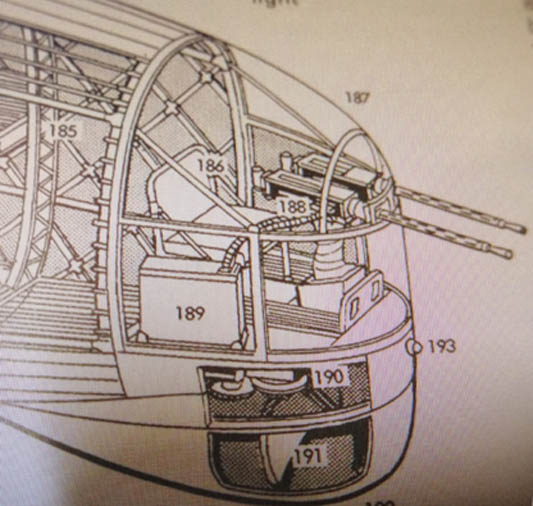
|
|
Click on the
pictures to enlarge
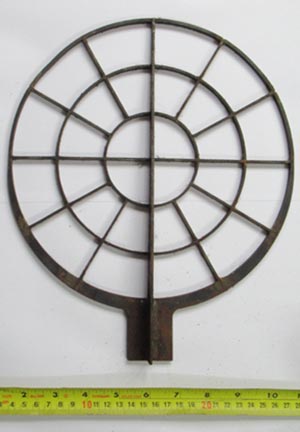
Find this and other Anti Aircraft
sights in Page 3 gunsights
|
Bofors Anti Aircraft sighting ring
2 (Pg 3 Gun) This
one has a slightly different fitting at the bottom of the
sight.
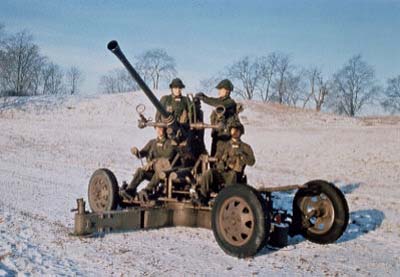
This is an original sight
ring for a Bofors antiaircraft gun.
The ring
is 9 1/2" in diameter.
The Bofors anti aircraft
gun was adopted by the British Army in 1937 as its standard
light AA weapon in a single-barrelled, air-cooled version.
It was a great success and demand exceeded production until
1943.
The quality of the gun was
such that the Royal Navy also started fitting it to ships in
1941, before adopting a purpose-designed twin-barrelled
water-cooled version, first used in late 1942 |
|
Click on
the picture under to enlarge.
  |
Spitfire 50 Calibre tube
This is an original tube which housed
the 50 Cal machine gun inside the Spitfires wing and
protruding through the leading edge.
This piece does have some holes due to
corrosion please enlarge the pictures left . This would
still be suitable as a pattern or a great recognisable
collectable.

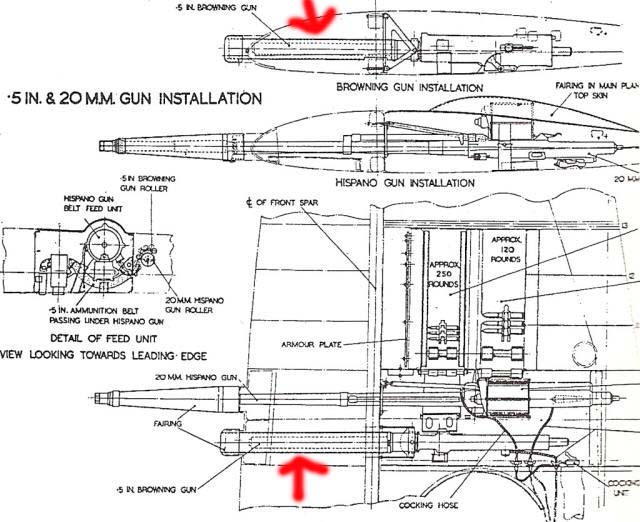
Available in
the airframe section
|
|
Click on the
pictures to enlarge
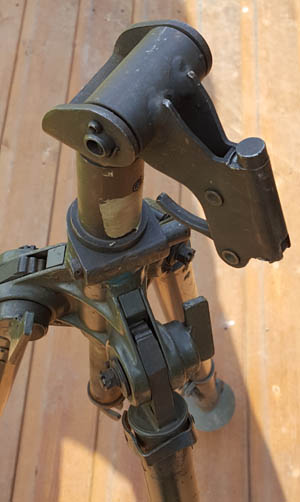
|
MG 42 AA tripod
mount (pg1 Arm)
Here is a an Anti Aircraft mount for
the MG 42 in good condition its complete and operates as it
should with free movement of all the parts.
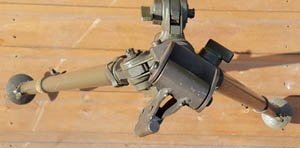
Click on
the pictures to enlarge

This mount is
for sale on the SAS page
link here |
|
Click on the
pictures to enlarge
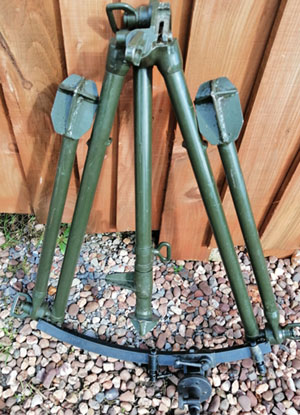 |
Bren Gun Anti
aircraft mount (pg1 Arm)
Here we have a superb Bren
Gun AA mount, it can also be used as a tripod. It is all
free and working as it should.
If required I will send
pictures of it set up with a Bren mounted on it but its
difficult to get a background free picture for the website
so I have used a picture from the internet to show how it is
set up.
If required I will send
pictures of it set up with a Bren mounted on it but its
difficult to get a background free picture for the website
so I have used a picture from the internet to show how it is
set up. I now have two available.
This item is heavy so
overseas buyers please
contact me for shipping quote.
Available now on the SAS page link
here
|
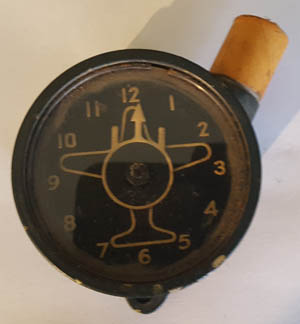
Click on the
pictures to enlarge them
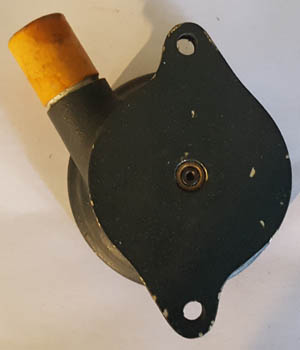
|
B17 B24 Ball
turret position indicator (pg1 instruments)
This is a mechanical Ball
Turret Position Azimuth
Position Indicator, Sperry
part number 11585, used in
the Sperry ball turret in
WWII-era heavy bombers such
as the B-17 Flying Fortress
and B-24 Liberator.
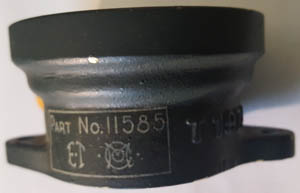
Mounted within the ball
turret at the right foot of
the ball turret gunner, it
was connected to a rotating
mechanical control cable.
The round turret silhouette
in the centre of the dial
rotated as the turret
rotated relative to the
forward direction of the
aircraft.
Thus, should the ball
turret gunner hear "bandit
at 4 o'clock low", he would
know to rotate the turret to
that position on the dial in
order to greet the incoming
foe with 50 cal MG's.
The field of view of the
ball turret gunner was
actually quite poor and it
wasn't difficult for the
gunner to lose orientation
with respect to the
direction of the aircraft.
The dial measures 2.25
inches across and is ~1.25
inches deep.
Find this piece
in the instruments section
link here
|
|
Click on the
Pictures to enlarge them
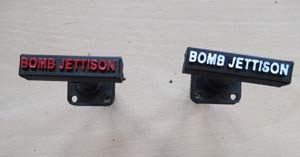
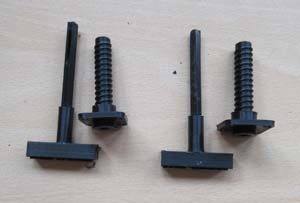
Find this peace in
controls
|
Reproduction Lancaster Bomb Jettison Control (pg1 Controls)
Here are reproductions 3d
printed in hard durable plastic. The collar unscrews
allowing the base unit to be fixed to the panel the shaft of
the lever is square as per the original. These are a
solution to the extremely hard to find original and make a
great budget substitute for that missing peace from your
panel.
Available with Red or white
lettering
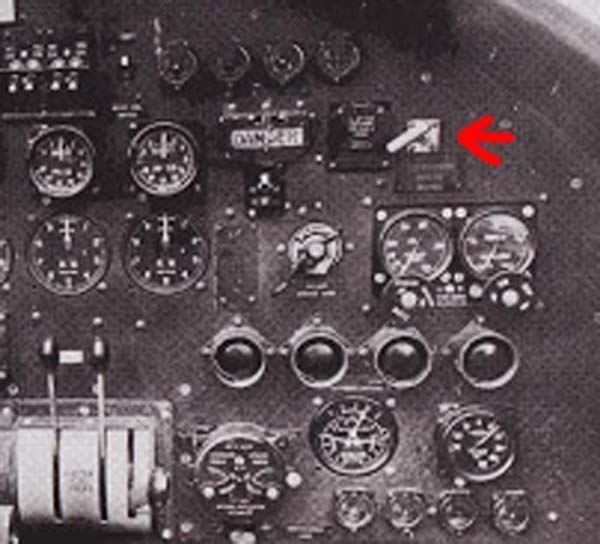
Seen above in
situ in a Lancaster. Click on the Pictures to enlarge them
|
|
Click on the
Pictures to enlarge them
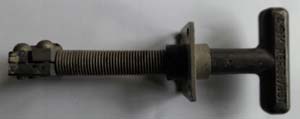
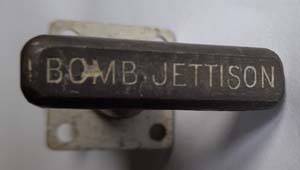
Find this peace in
controls
|
Lancaster Bomb Jettison Control (pg1 Controls)
Totally original and super
rare fitted to the Lancaster main instrument panel used for
jettisoning the bombs in an emergency in very good original
condition and complete.

Seen above in
situ in a Lancaster. Click on the Pictures to enlarge them
|
|
Click on
the pictures to enlarge
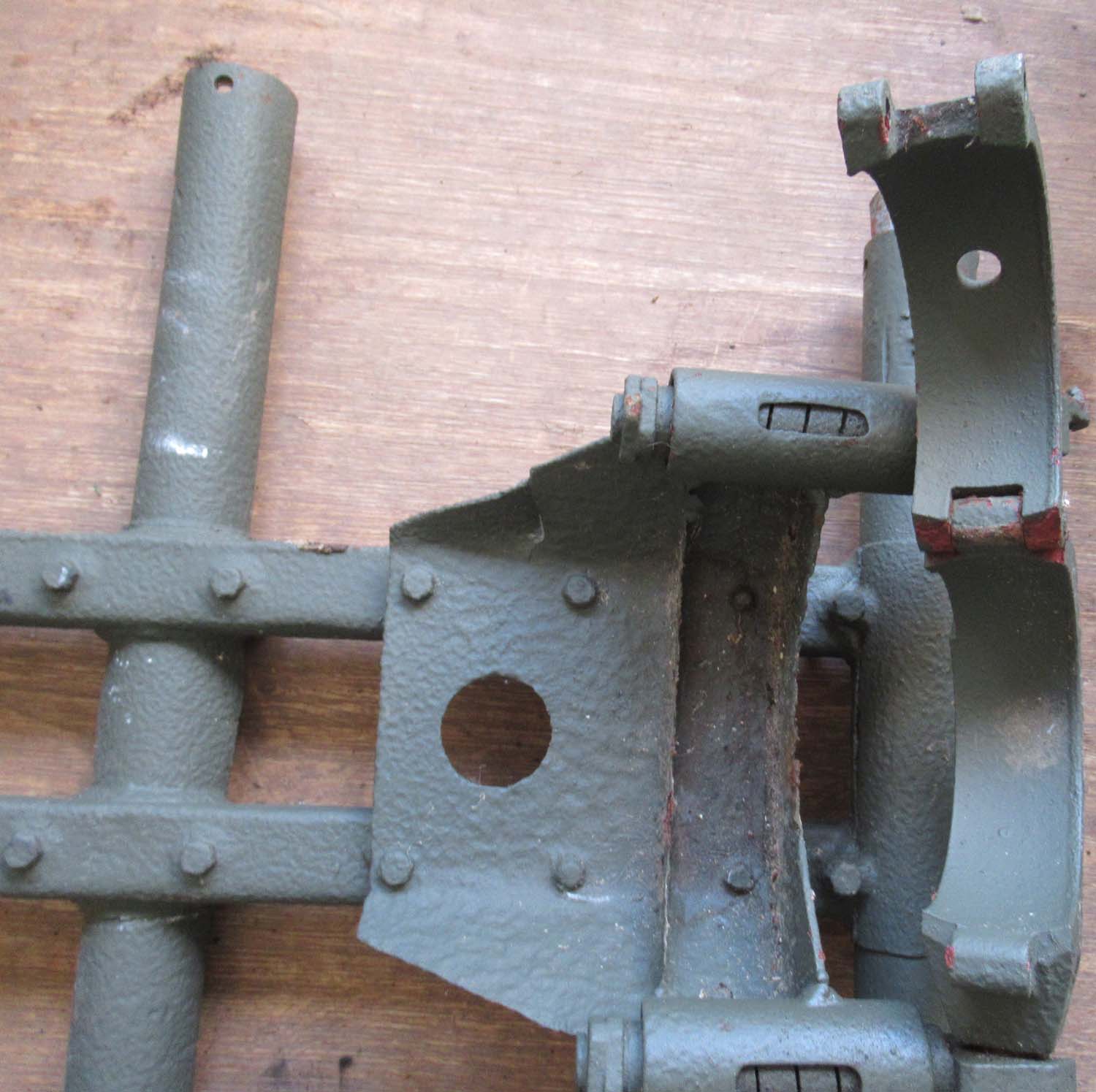
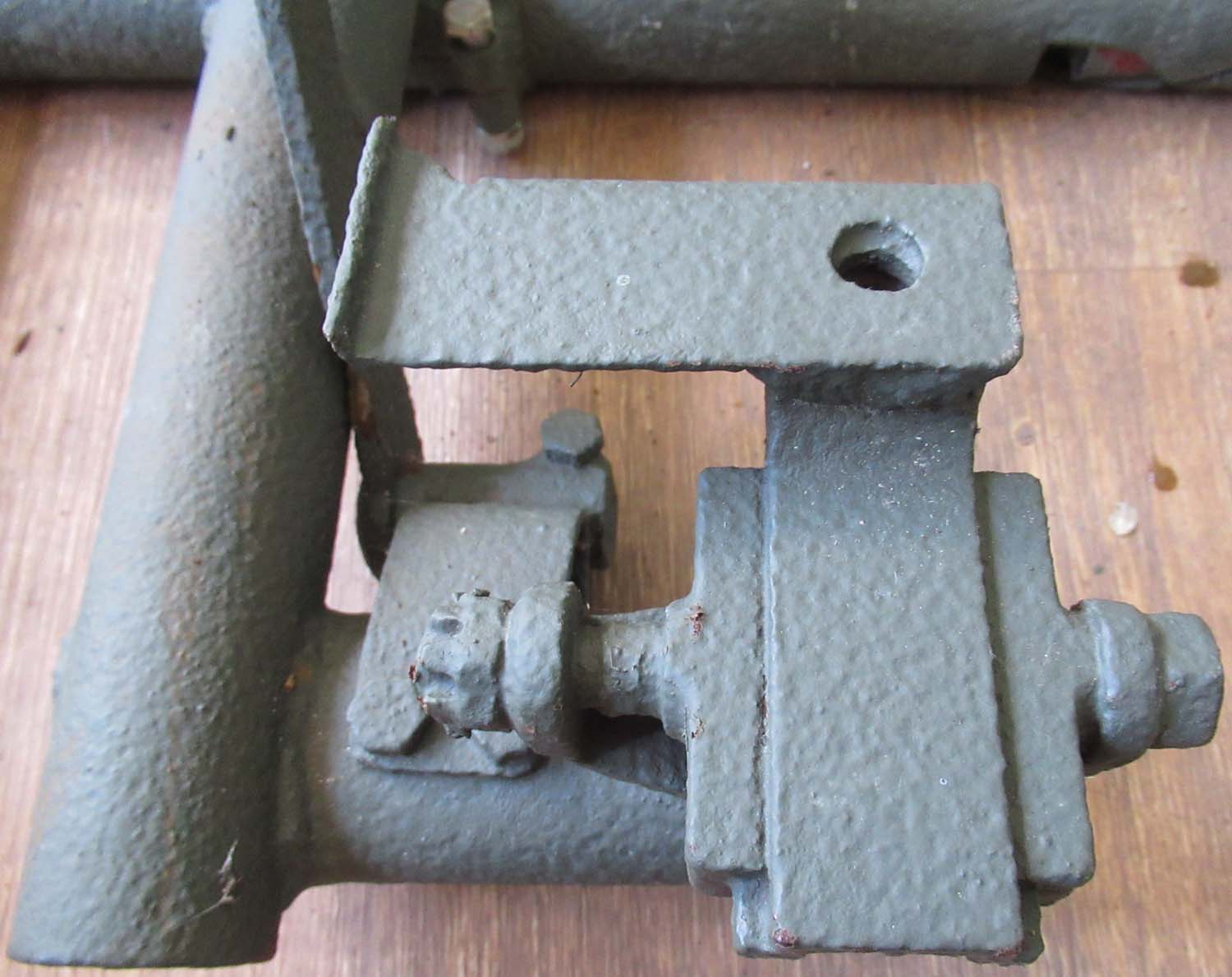
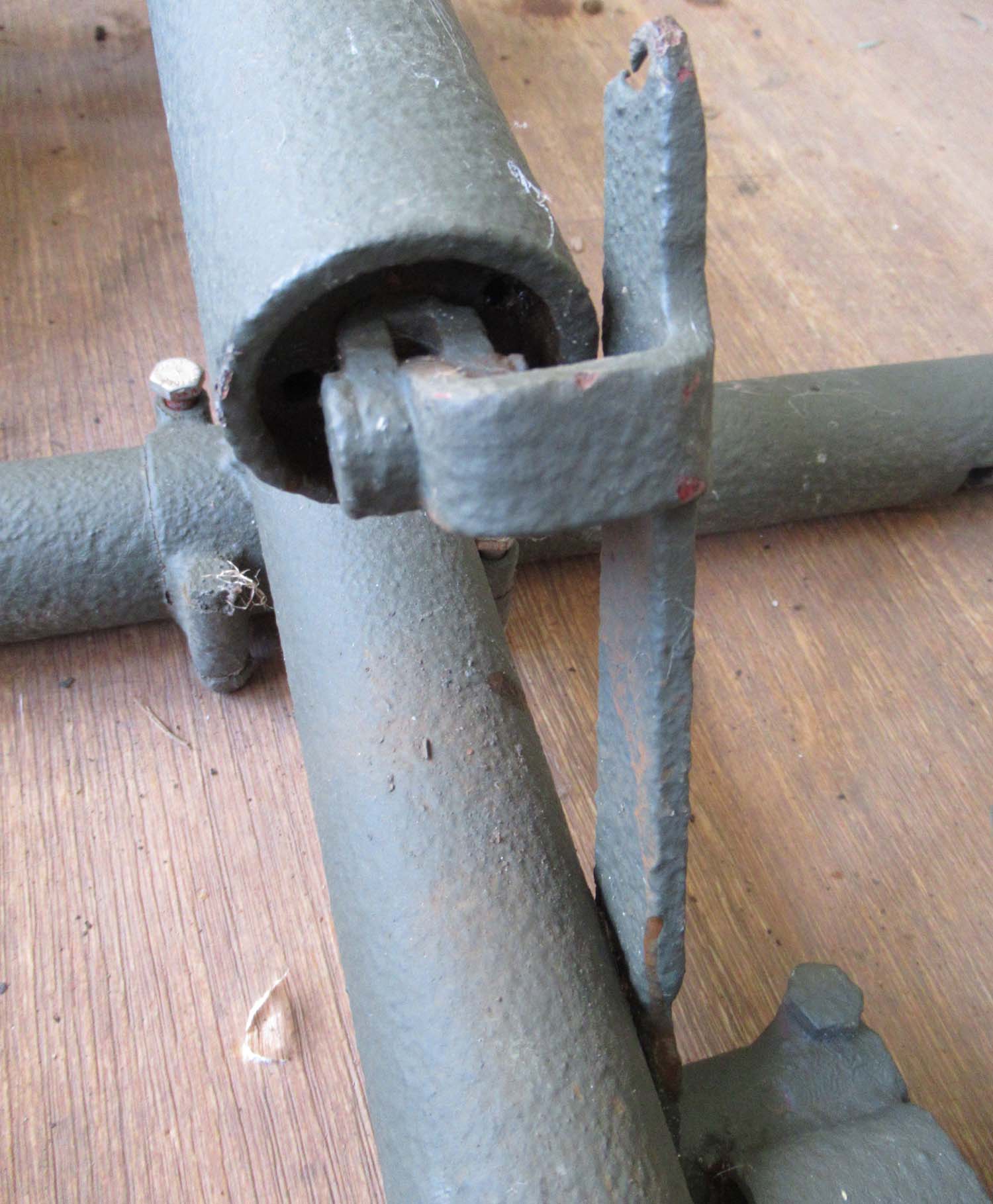
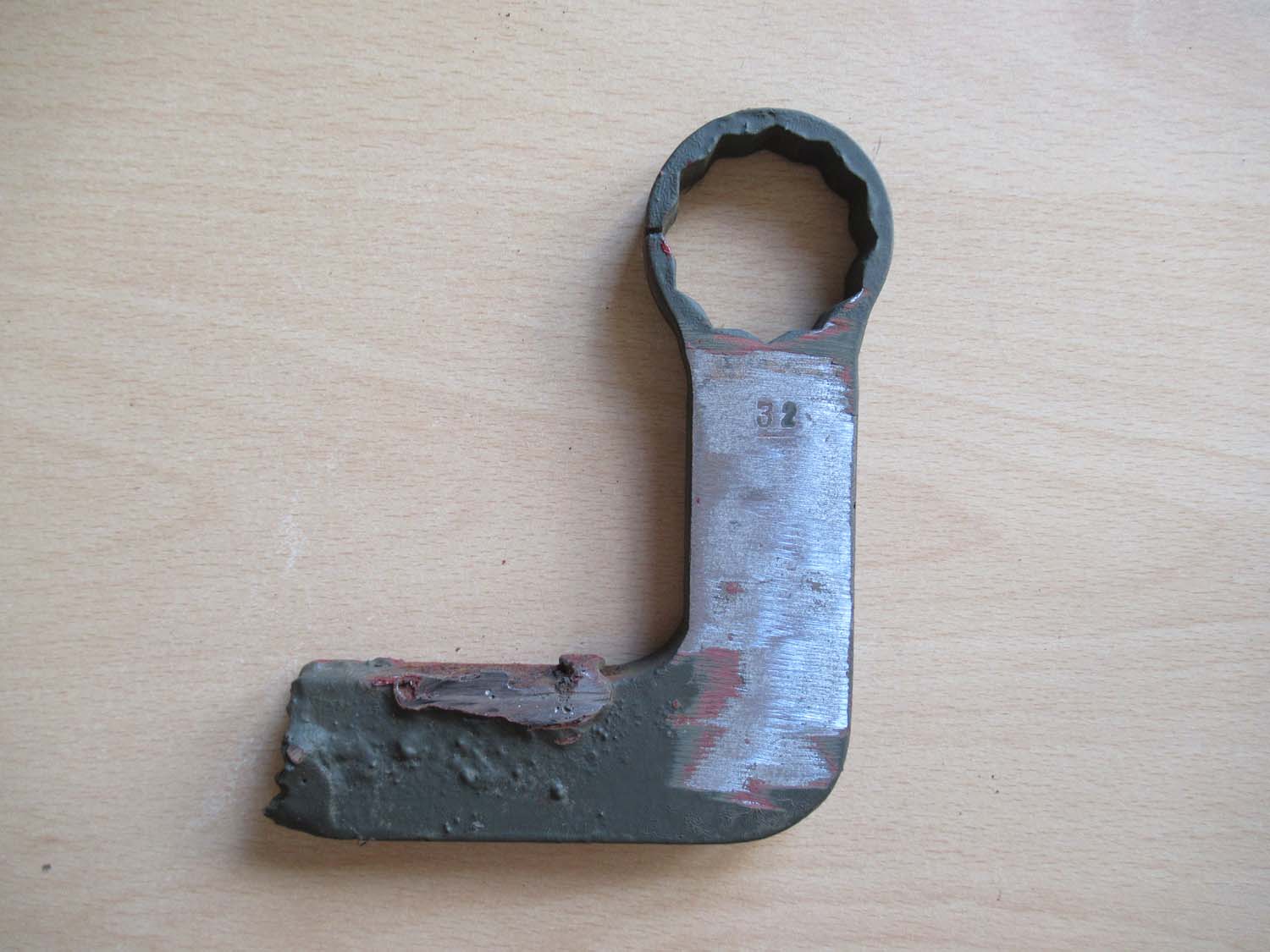 |
Hurricane Z5053 Cannon and MG Mount (pg1 air)
This a superb peace of
history from one of the most brutal conflicts of WWII.
It is a 20mm cannon and MG mount from Z5053 which was a MK
IIB Hurricane built by Gloster Aircraft sometime
between
July 1940 and August 1941.
It was then shipped to
Russia via the perilous artic convoy route . The first
convoy to arrive in Arkangel
code-named Operation
Dervish was
in August 1941
and this aircraft
seems to be one of the first
Hurricanes to arrive in Russia just two months after the
start of operation Barbarossa in June 1941.
in total the Barbarossa force had about 3,000
tanks, 7,000 artillery pieces, and 2,500 aircraft. It was in
effect the largest and most powerful invasion force in human
history.
Hurricane Z5053 was recorded
as being shot down in Archangel in August 1942 meaning
it survived for a year which is a long time in that theatre
of conflict.
This Hurricane was fitted
with Russian armament including a ShVAK 20mm Cannon and a
12.7mm Berezin machine gun.
The
MK IIB Hurricane was really outdated as a fighter by 1941
and was used primarily as a Fighter Bomber .
The MK IIB could also carry
two 250Lbs Bombs on wing racks increasing to 500Lb by the
end of 1941.
Some
Russian Hurricanes had RS-82 air to air rockets
installed under the wings (three per wing)
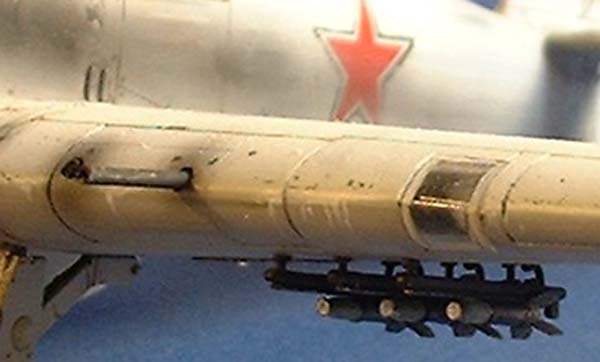
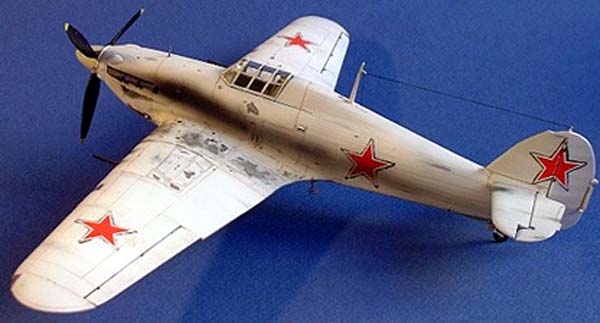
Click on
the pictures to enlarge
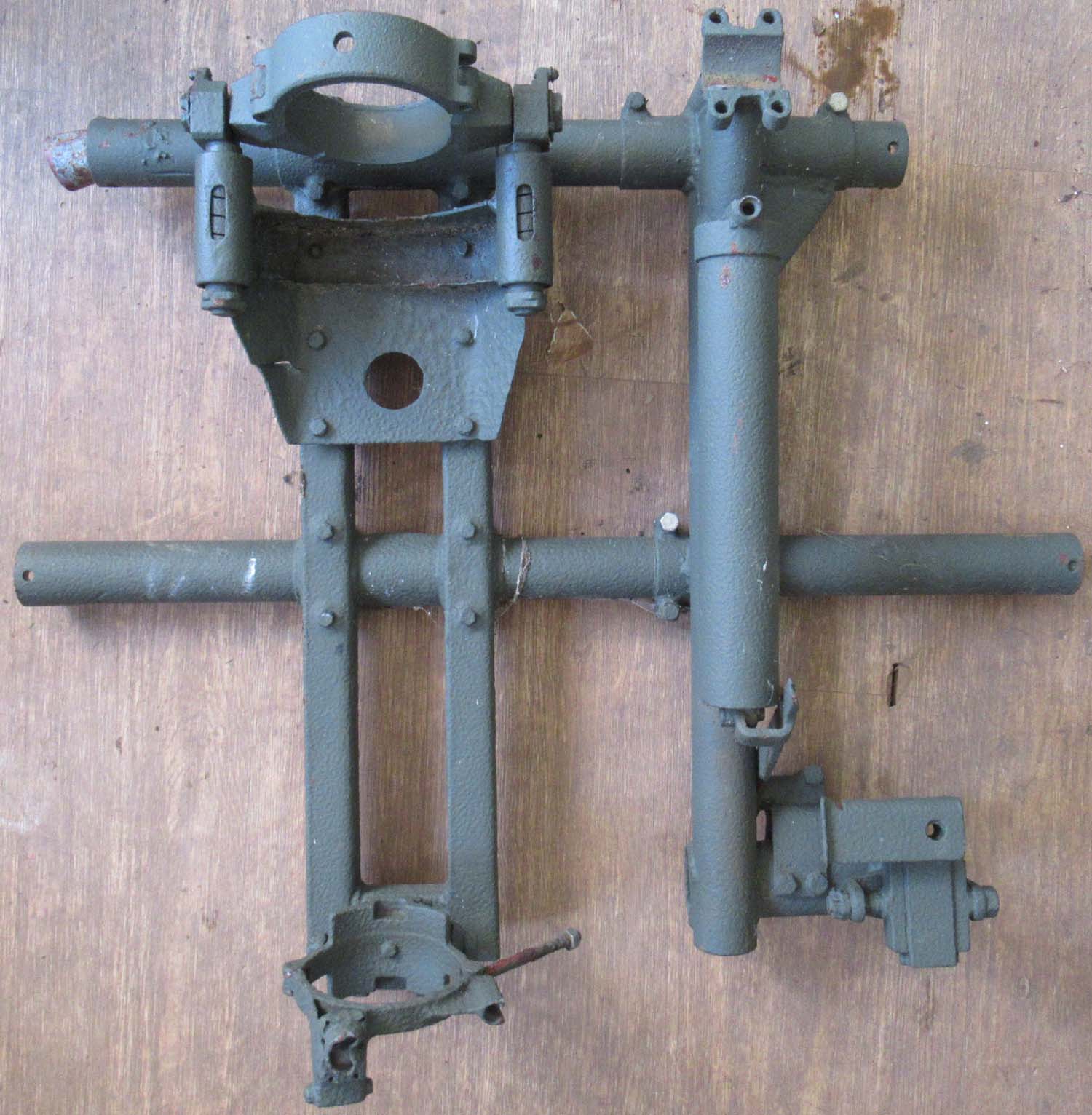
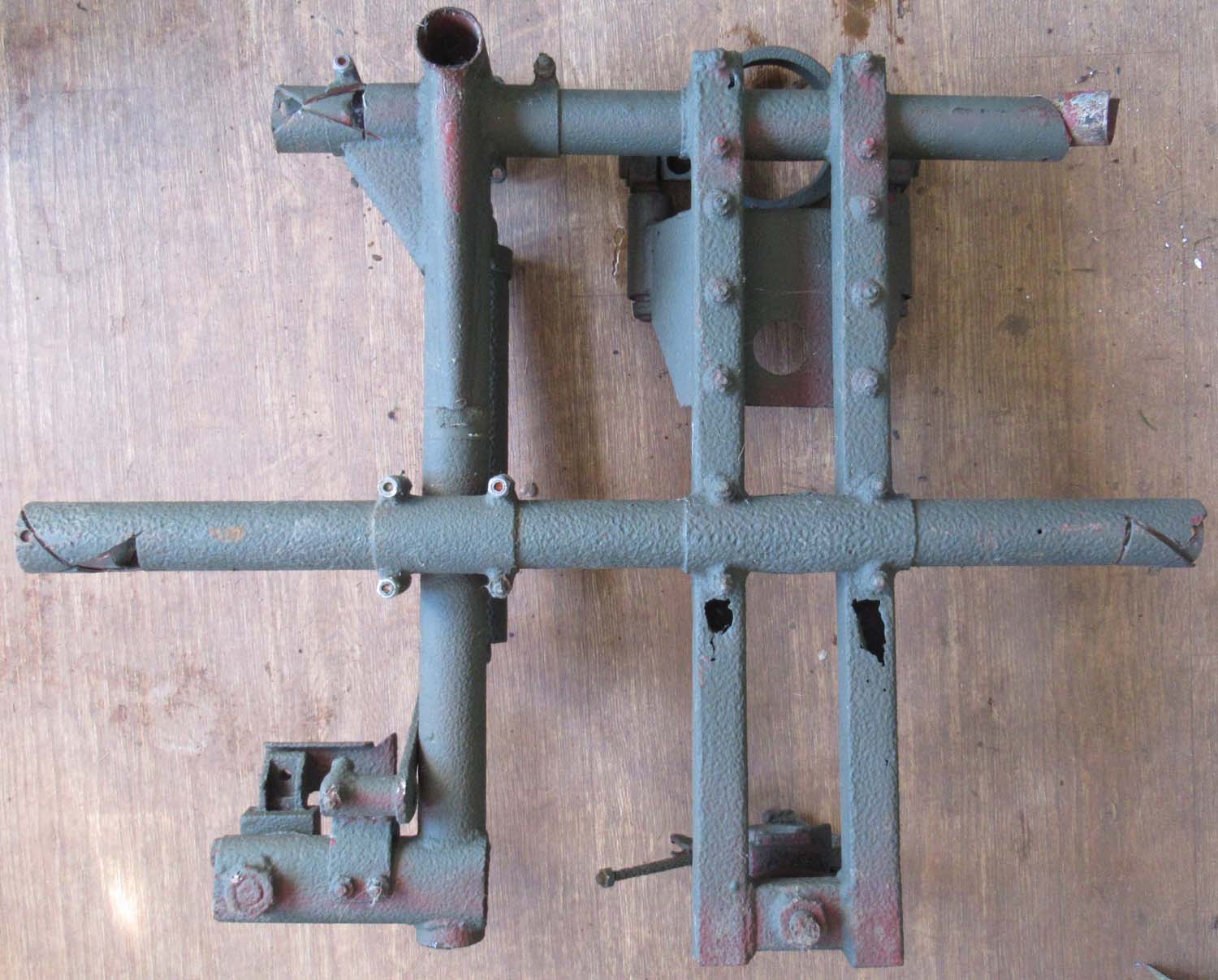
Available in the airframe pages |
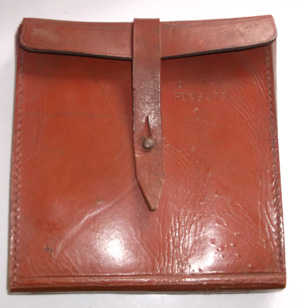
Click on the
picture to enlarge
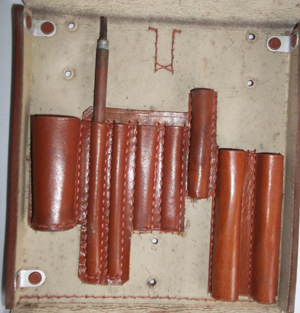
|
Battle of Britain MG15 Gunners Tool
Kit Case
Here is
a case for maintenance tools of the MG15 Machine Gun.
It is made of brown leather and is Stamped with FL46475, 40,
K&S and two other stamps. It is dated 1940 it would have
probably been used during the Battle of Britain.
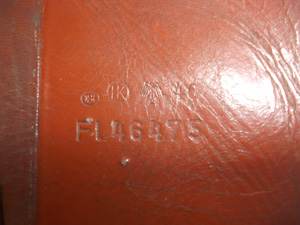
Click on the
picture to enlarge
It would
have been attached to the aircraft fuselage next to the
turret of such aircraft as the the Heinkel 111 and
the JU87 "Stuka"
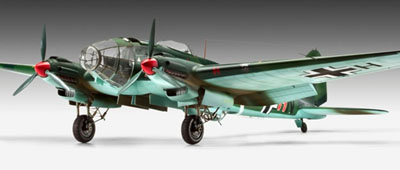
Find this
piece in the
Pilot Equipment section link here
|
|
Click on
pictures to enlarge
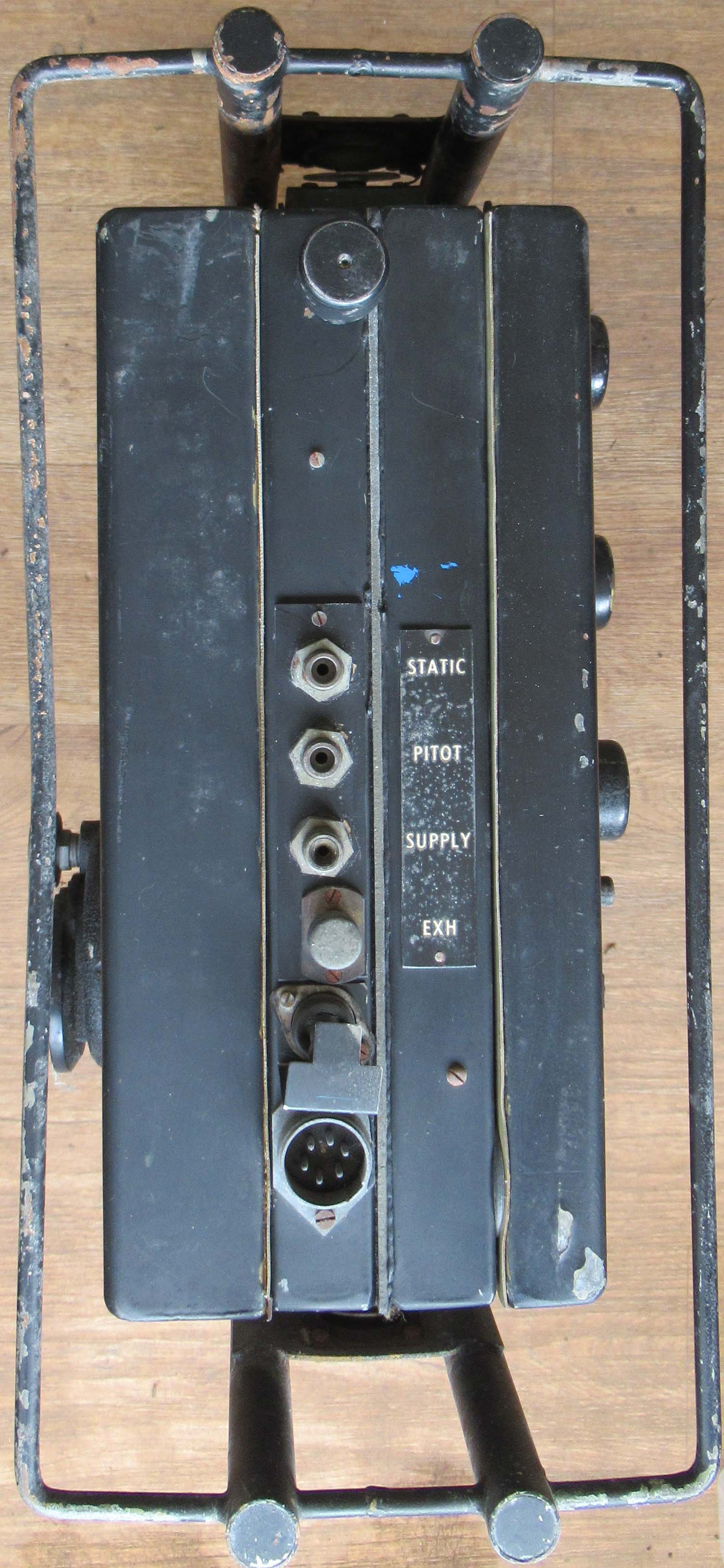
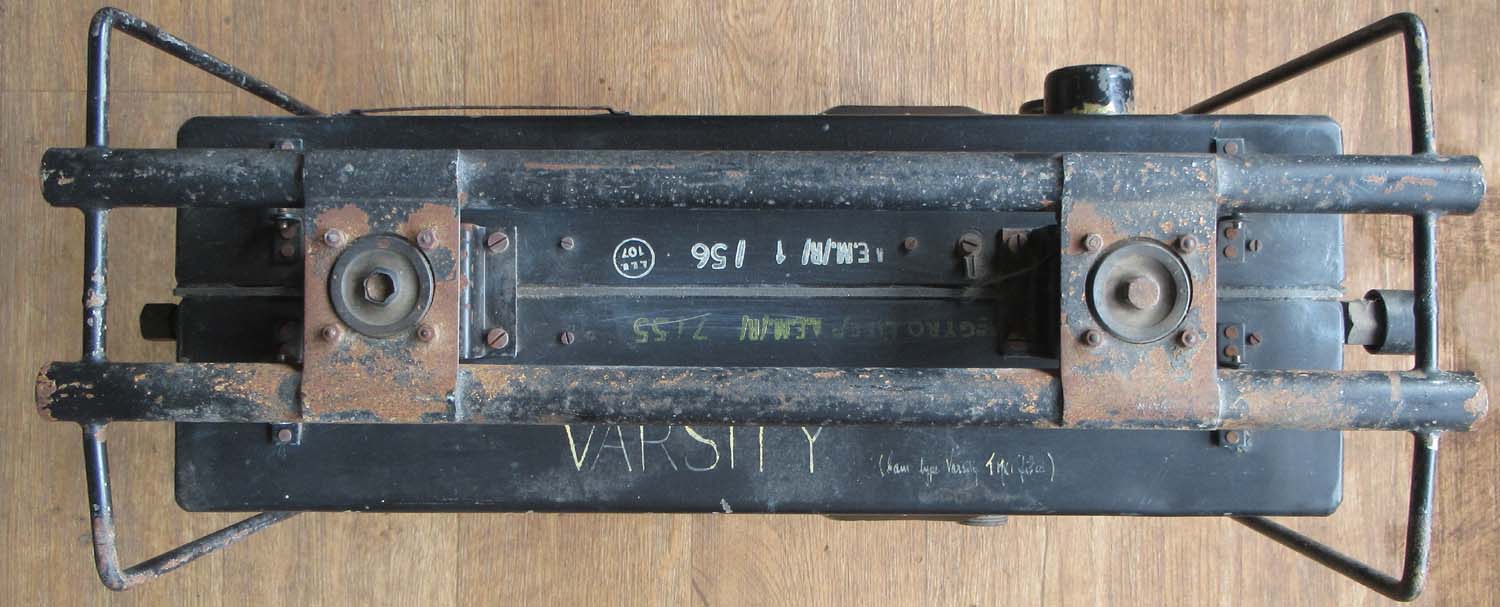
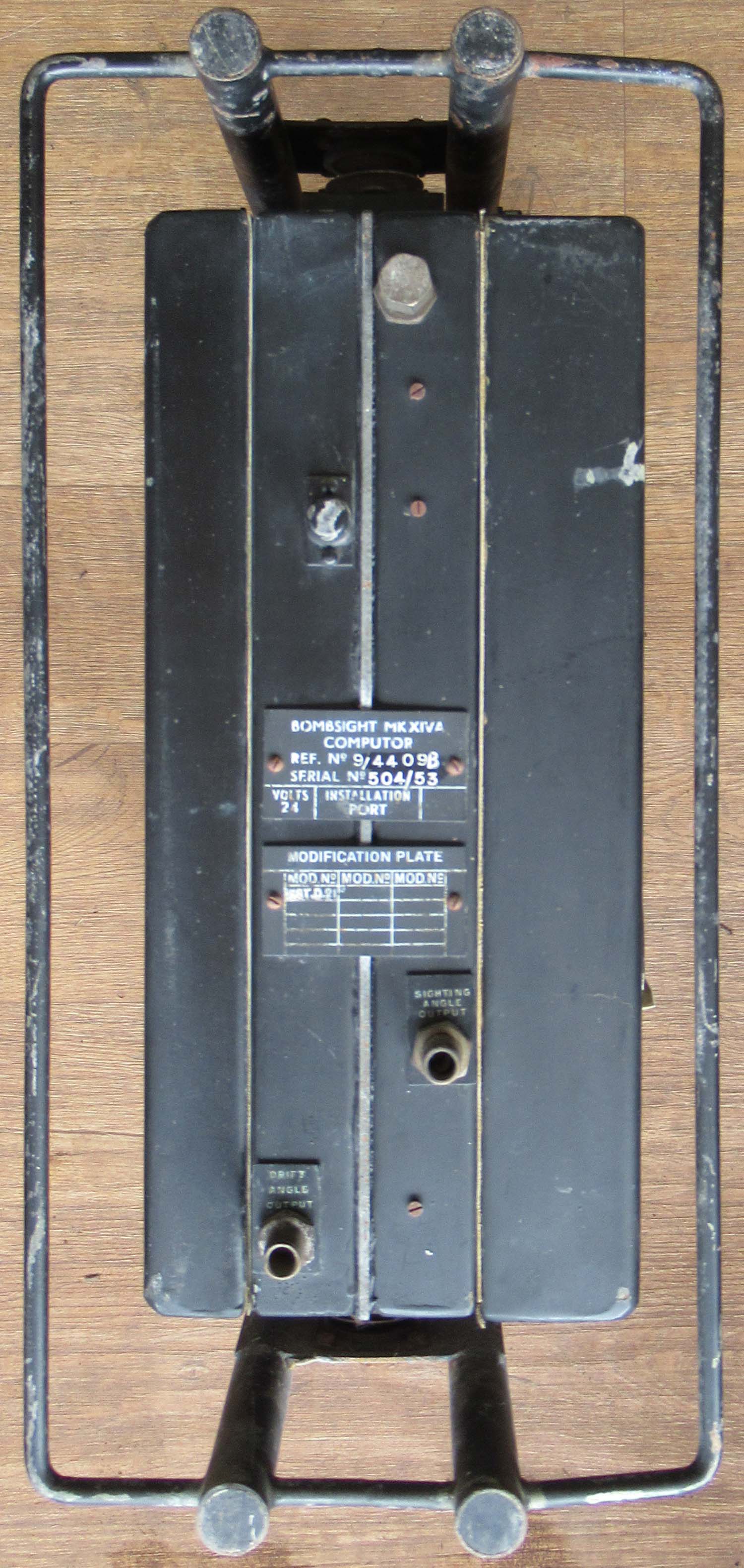 |
Mk XIV
Lancaster Bomber Computer
(No 60 pg1 Arm)
This is stunning British made bomb
computer. It is complete and in good original condition.
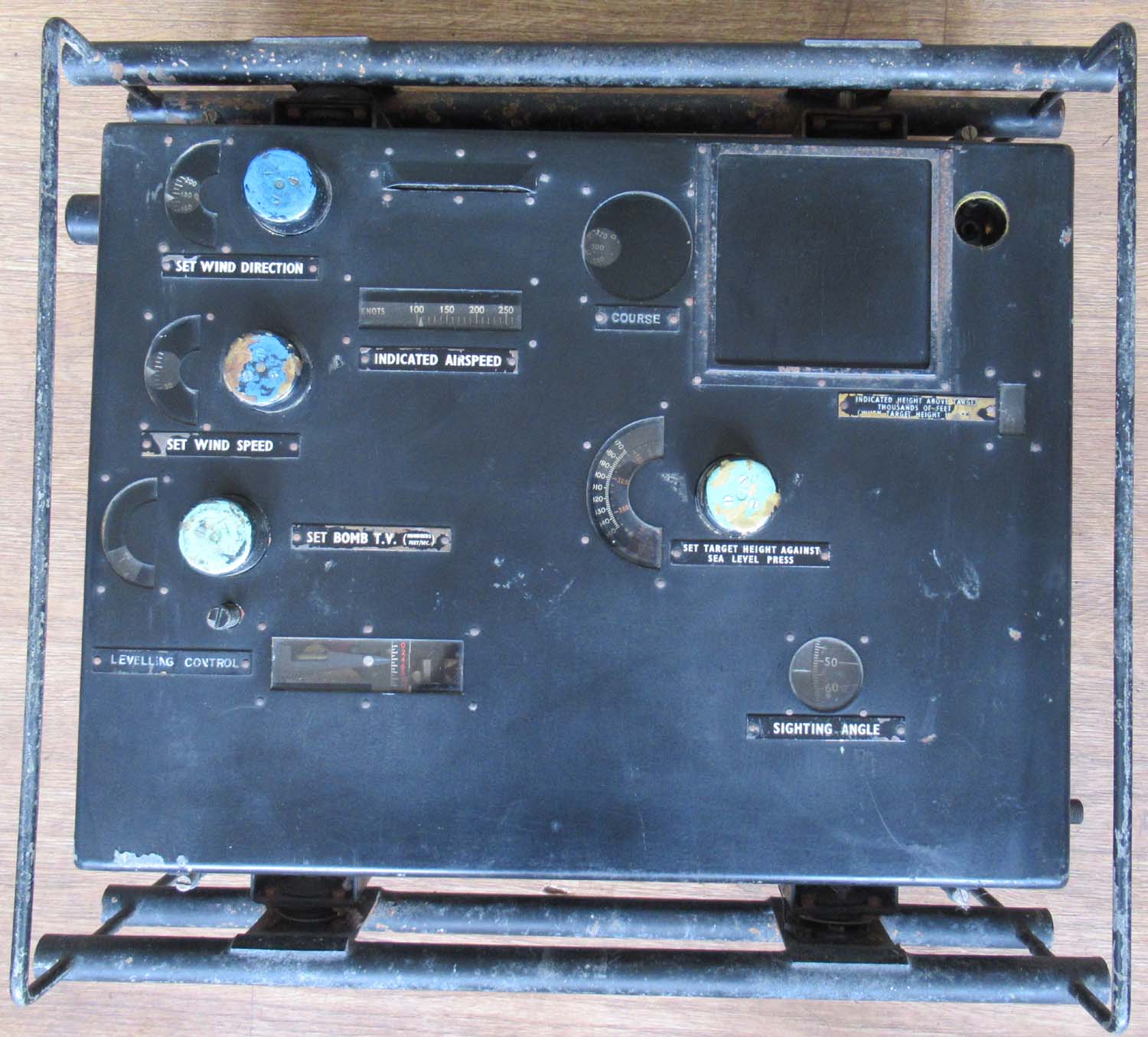
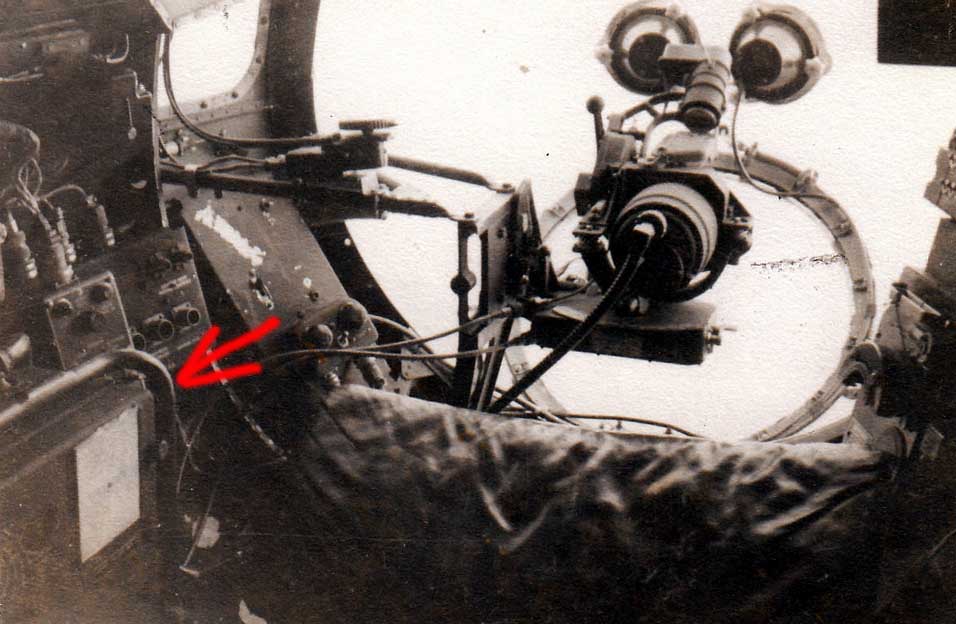
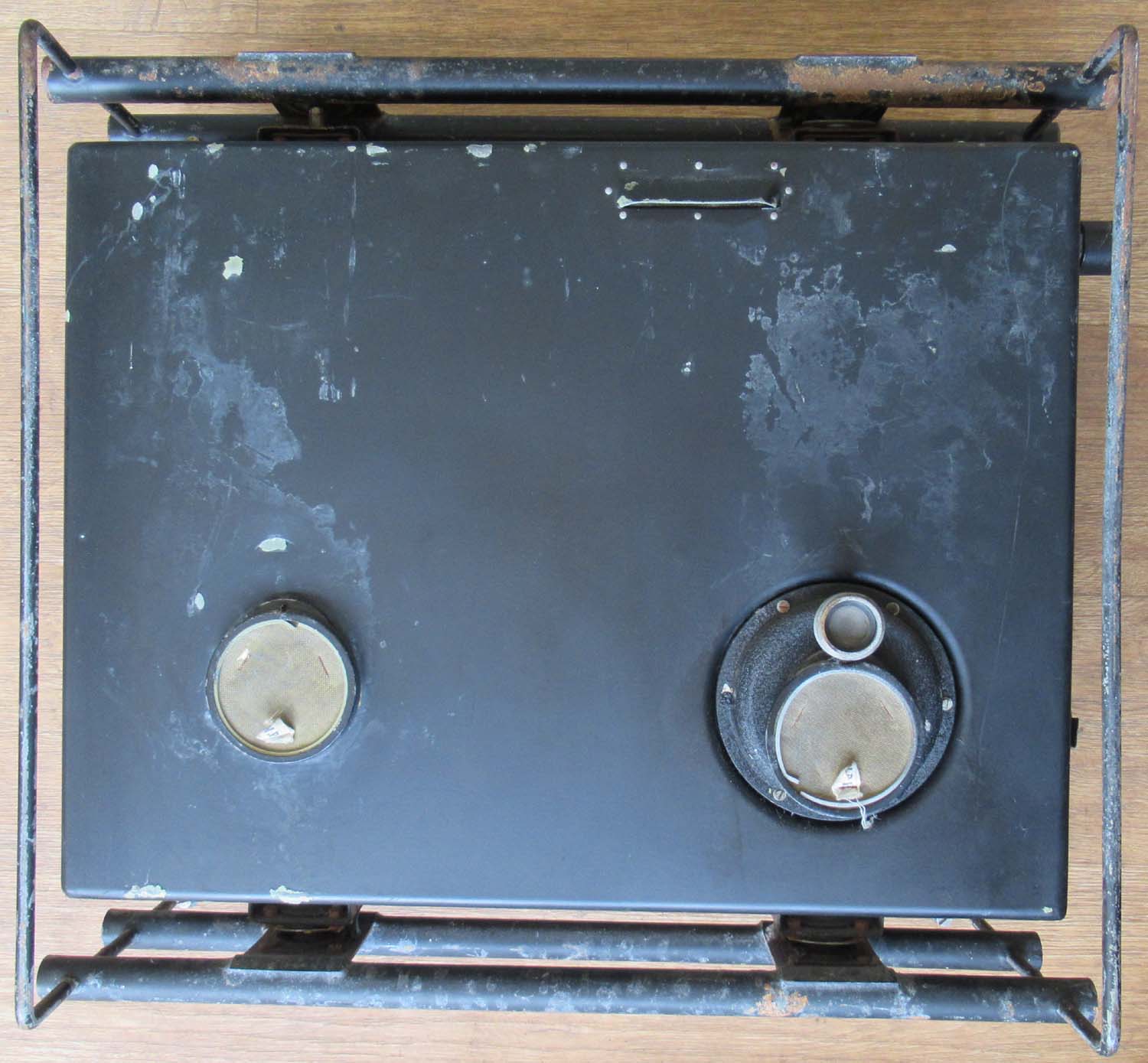
Above the
computer can be seen in situ in the bomb aimers position of
the Lancaster.
The
Mark XIV Computing Bomb Sight was
a vector bombsight developed and used by the RAF’s Bomber
Command during WW2.
The bombsight was also known as the
Blackett Sight
after its primary inventor,
Patrick M S Blackett
a Nobel Physics Prize Winner. Prof. Blackett
volunteered to design a new sight to meet the needs of
Bomber Command.
He was given facilities at
Farnborough
and the services of a small team of engineers.
The bomb sight that resulted was the Mk XlV regarded then
as the wonder sight of the day.
It was designed to enable the run up to the target flying
straight and level to be restricted to a mere 10 seconds and
enable the pilot to carry out evasive manoeuvres on his
approach to the target.
It could be used to bomb both on the climb and the glide.
The bomb sight consisted of a computer cabinet mounted to
the left of the Air Bomber and a stabilised sighting head
with optical graticule.
The sight was one of the first practical uses for a
mechanical computer.
Click on
pictures to enlarge
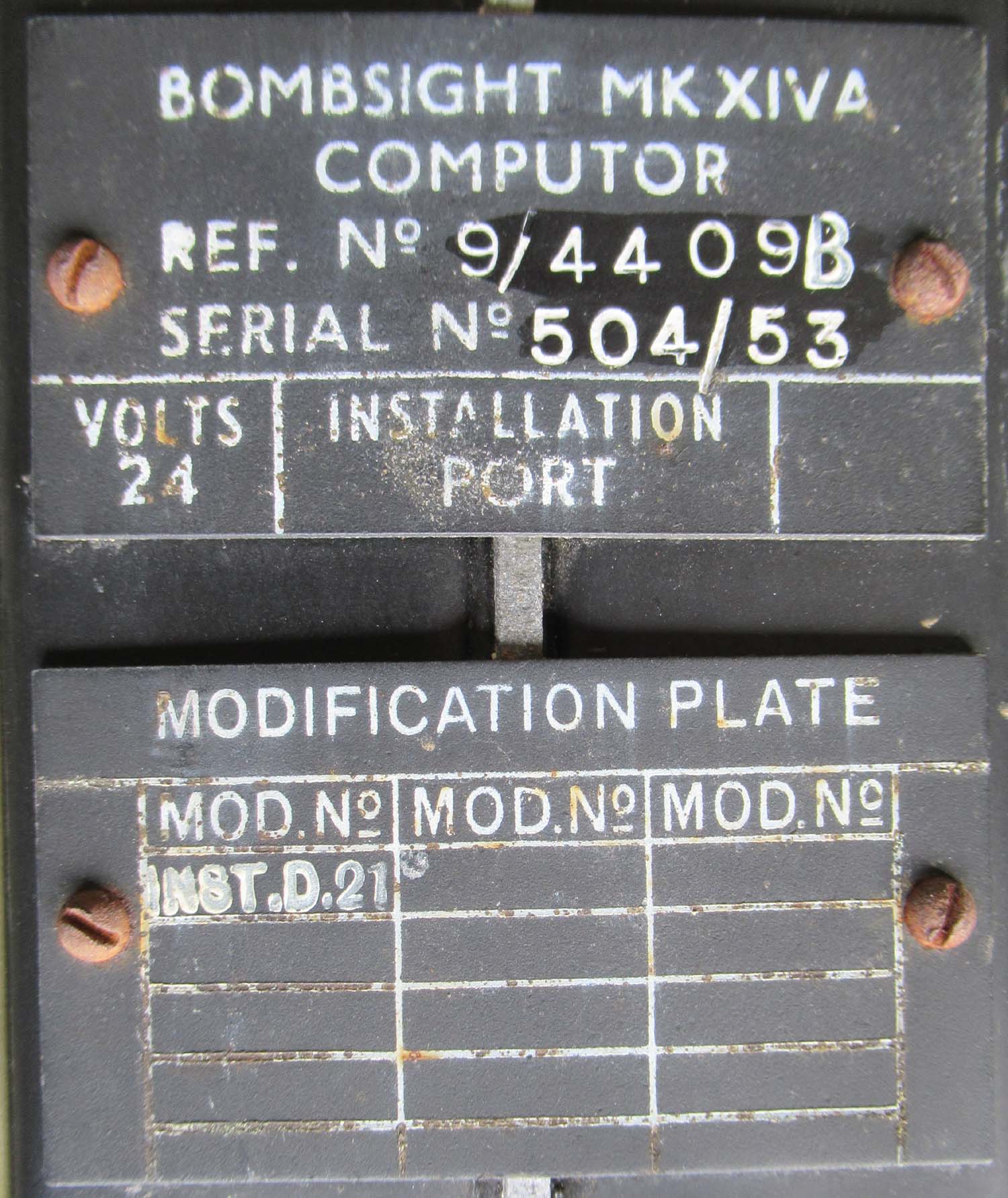
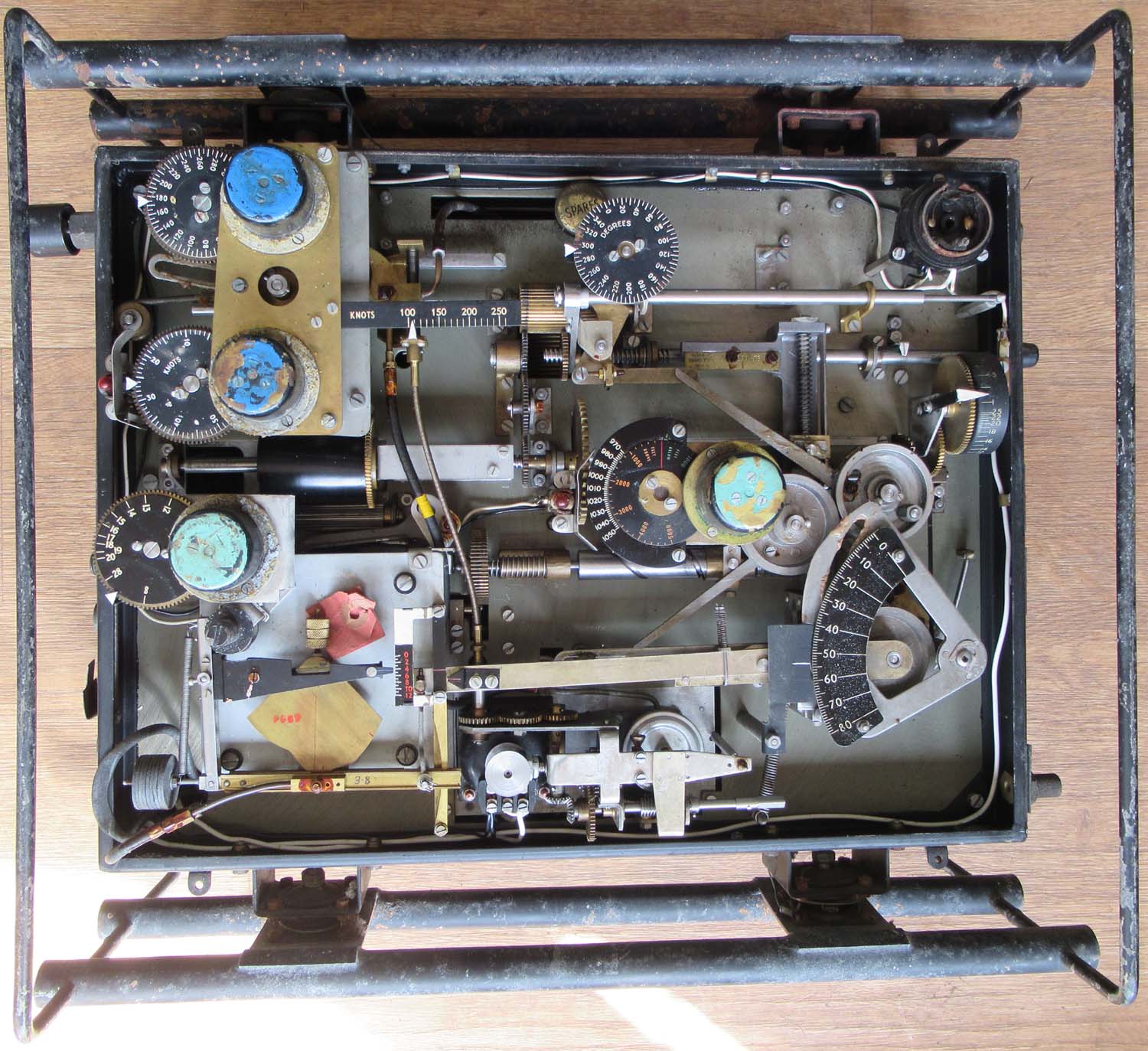 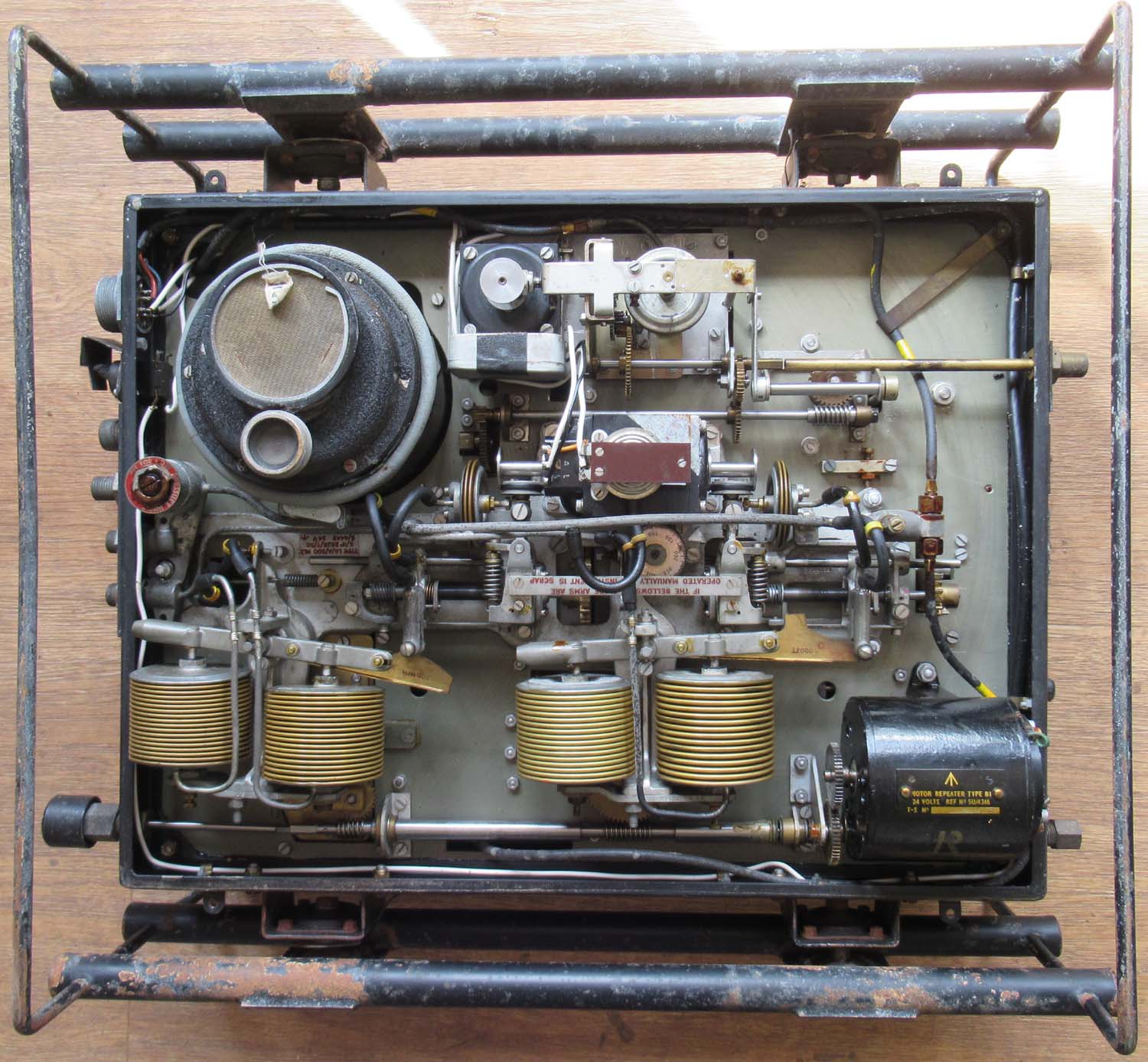 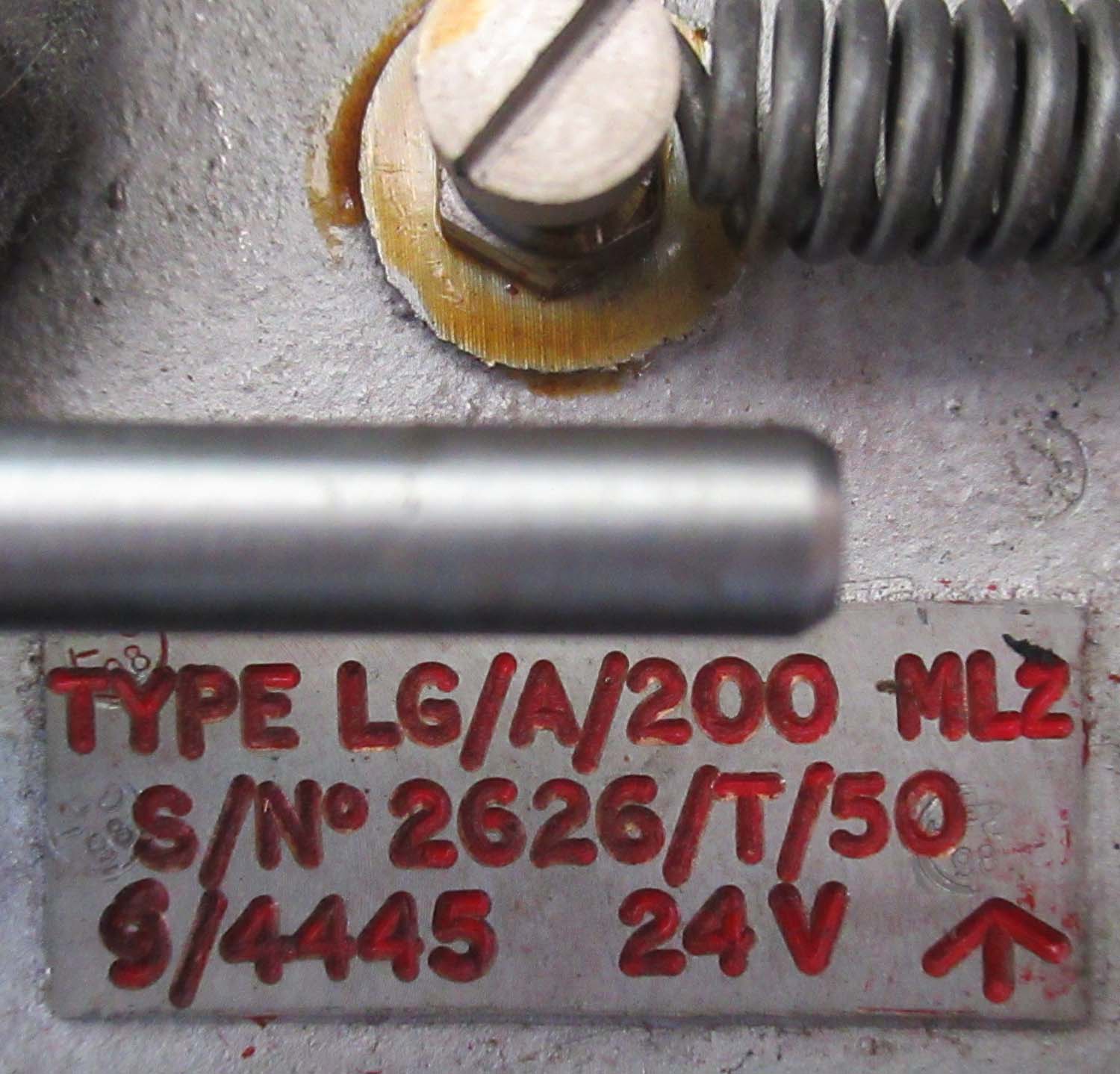
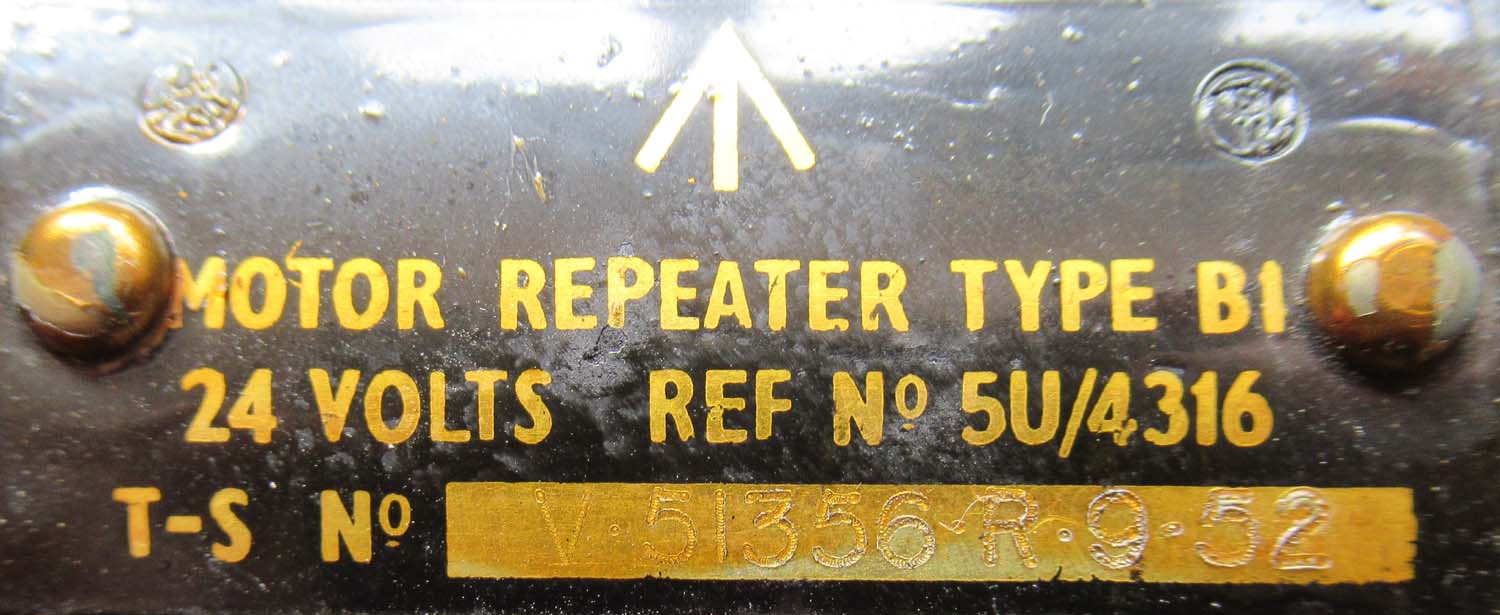
Out of stock
more wanted
contact me |
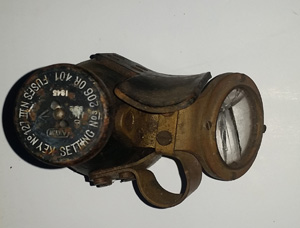
Out of stock
more wanted
contact me
|
Bomb Fusing
Key(pg1 arm)
Here we have a key used
for setting Bomb fuses .
This is a rare and unusual
item and is Dated 1945
Unfortunately the Glass
has Cracked
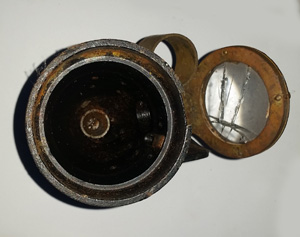 |
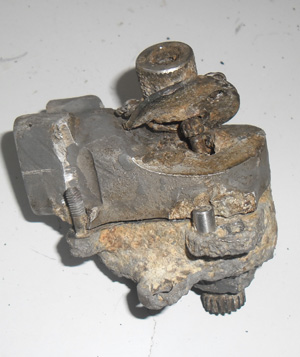
Click on the
pictures to enlarge them
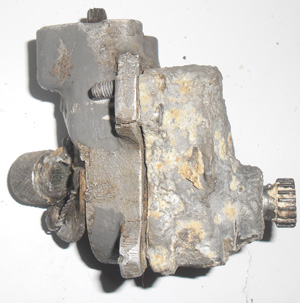 |
B 17 flying Fortress Ball Turret
Part 2 (pg5 Armaments )
Elevation to sight gearing
assembly
Click on the
pictures to enlarge them
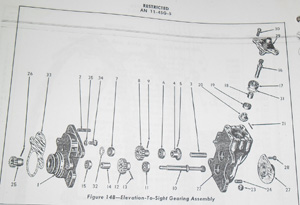
Out of stock more wanted
please contact me if you
have one for sale |
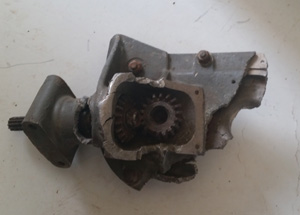
Click on the
pictures to enlarge them
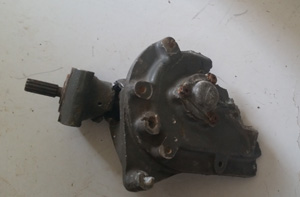
|
B 17 flying
Fortress Ball Turret Part 3 (pg5 Armaments )
Azimuth Power Gearing Assembly
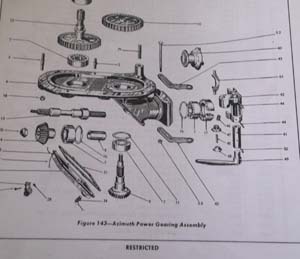
Out of stock more wanted
please contact me if you
have one for sale
|
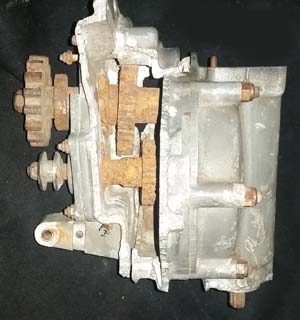
Click on the
pictures to enlarge them.
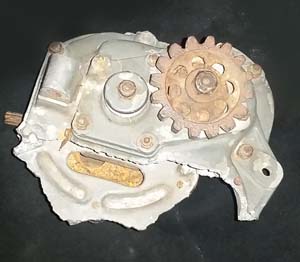 . . |
B 17 flying
Fortress Ball Turret Part 1 (pg5 Armaments )
Ball Turret elevation drive unit.
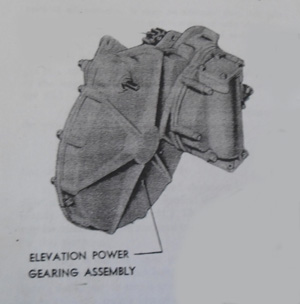
Out of stock more wanted
please contact me if you
have one for sale
|
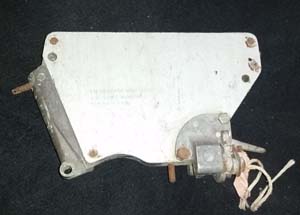
Click on the
picture to enlarge
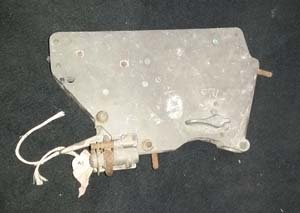 |
E.M Release Unit Type AIII (pg4 arm)
Here we
have a Bomb Release Unit
This is a
Type AIII with Refrence:11A/552
This is a
Standard Rack that fitted aircraft such as the Fairey
Swordfish as well as other RAF and FAA Aircraft
Out of stock more wanted please
contact me
|
|
Click to enlarge picture
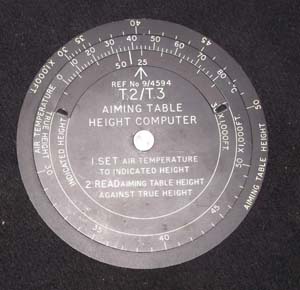
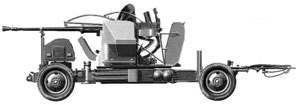 |
Aiming Computer(pg4 arm)
Good original wartime aiming
computer used to calculate the trajectory of antiaircraft
guns.
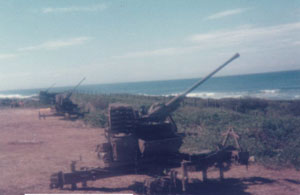
Out of stock
more wanted
contact me
|
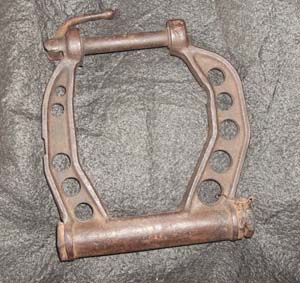
Click on
pictures to enlarge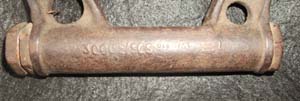
£Out of Stock More Wanted
Contact Us
|
Original
Spitfire .303 machine gun Mount(pg4 arm)
Here we have an Original Mount
for the Browning .303 Machine Gun
This is a Spitfire Only
Part and Carries the Supermarine Part Number 30002/
The Bolt is Stiff and Does
Not Open
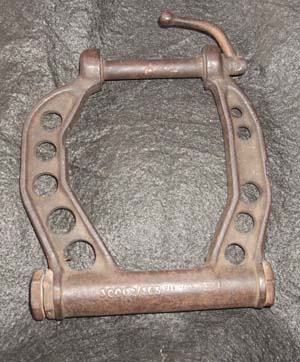
|
|
Click on the
pictures to enlarge them
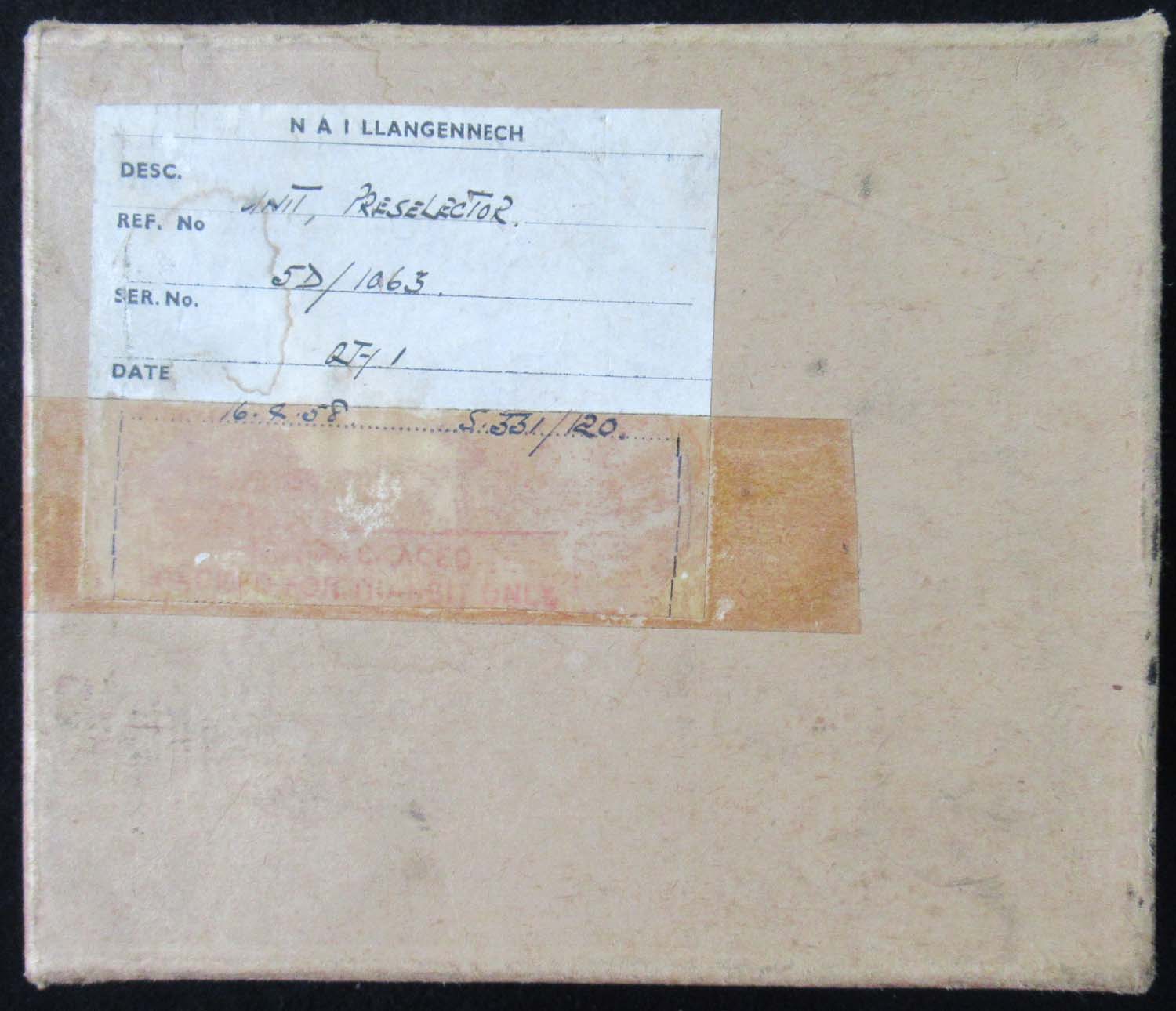
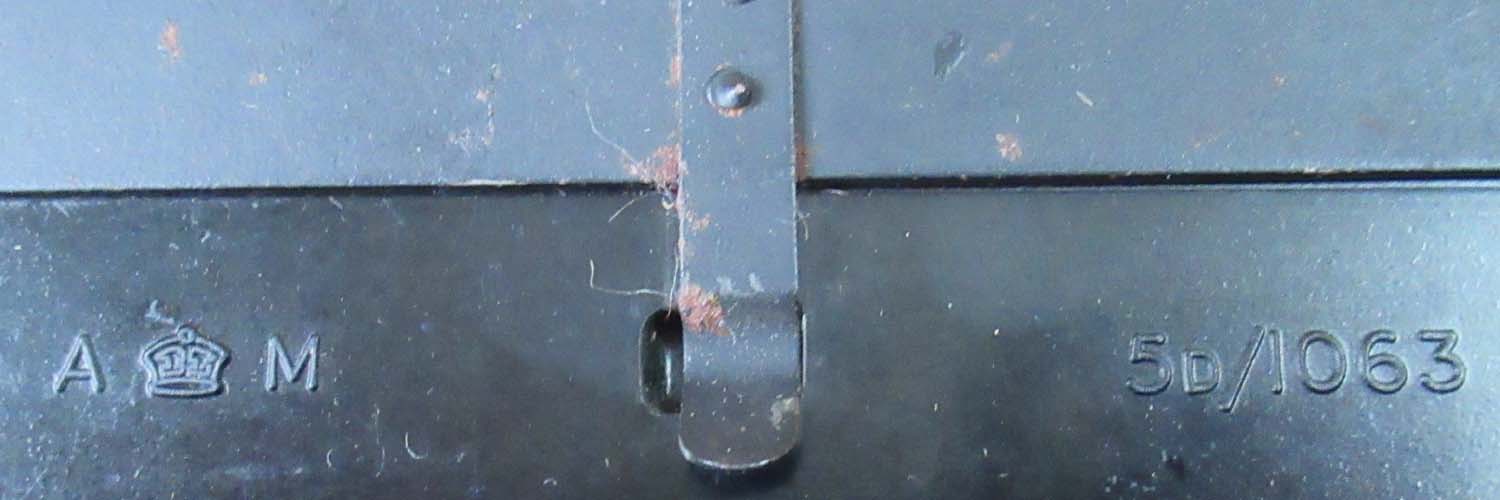
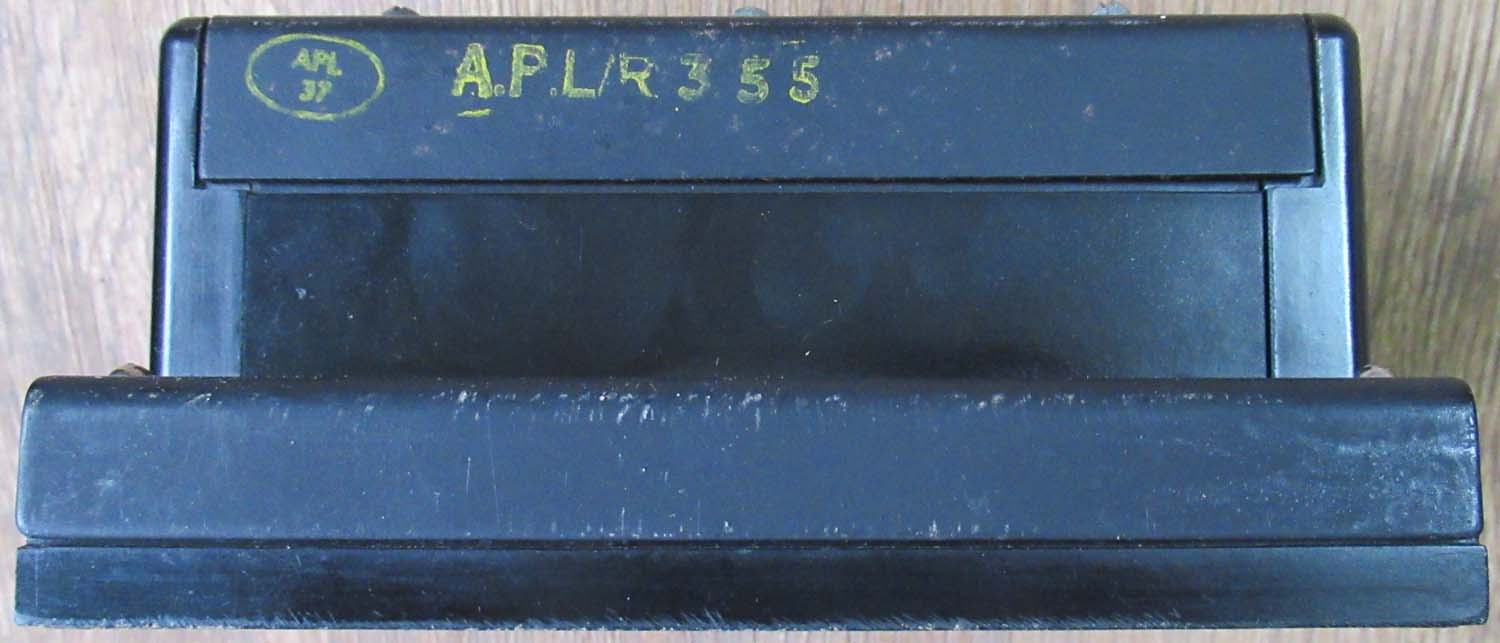
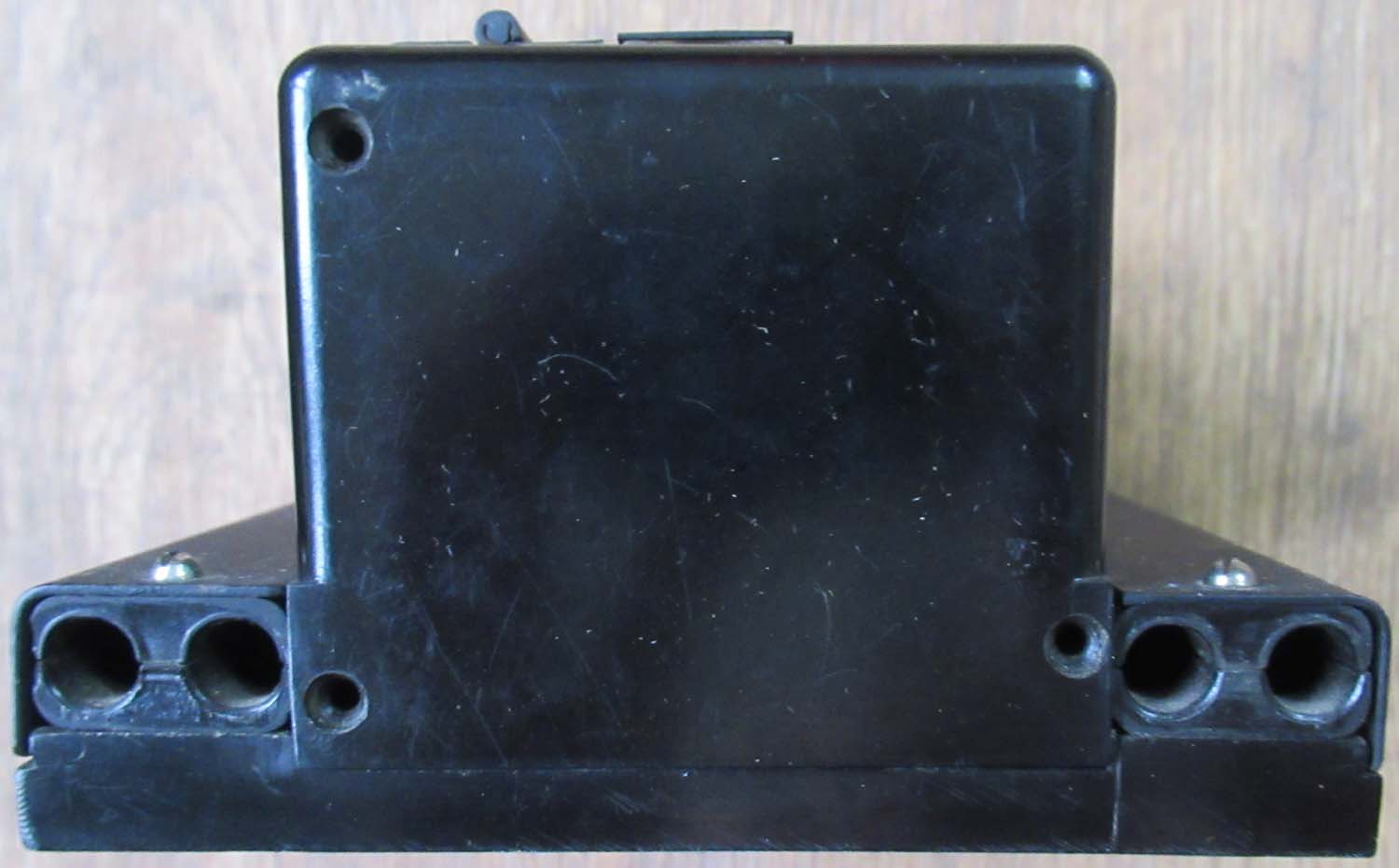
|
Bomb pre selector
4 (pg2 arm)
Here we
have the
standard bomb pre selector unit complete with original box,
labelled N A I Llangennech..
This was
likely fitted to the Lancaster
Bomb aimers panel and practically every other RAF Wartime
bomber.
Air Ministry Reference 5D/1063
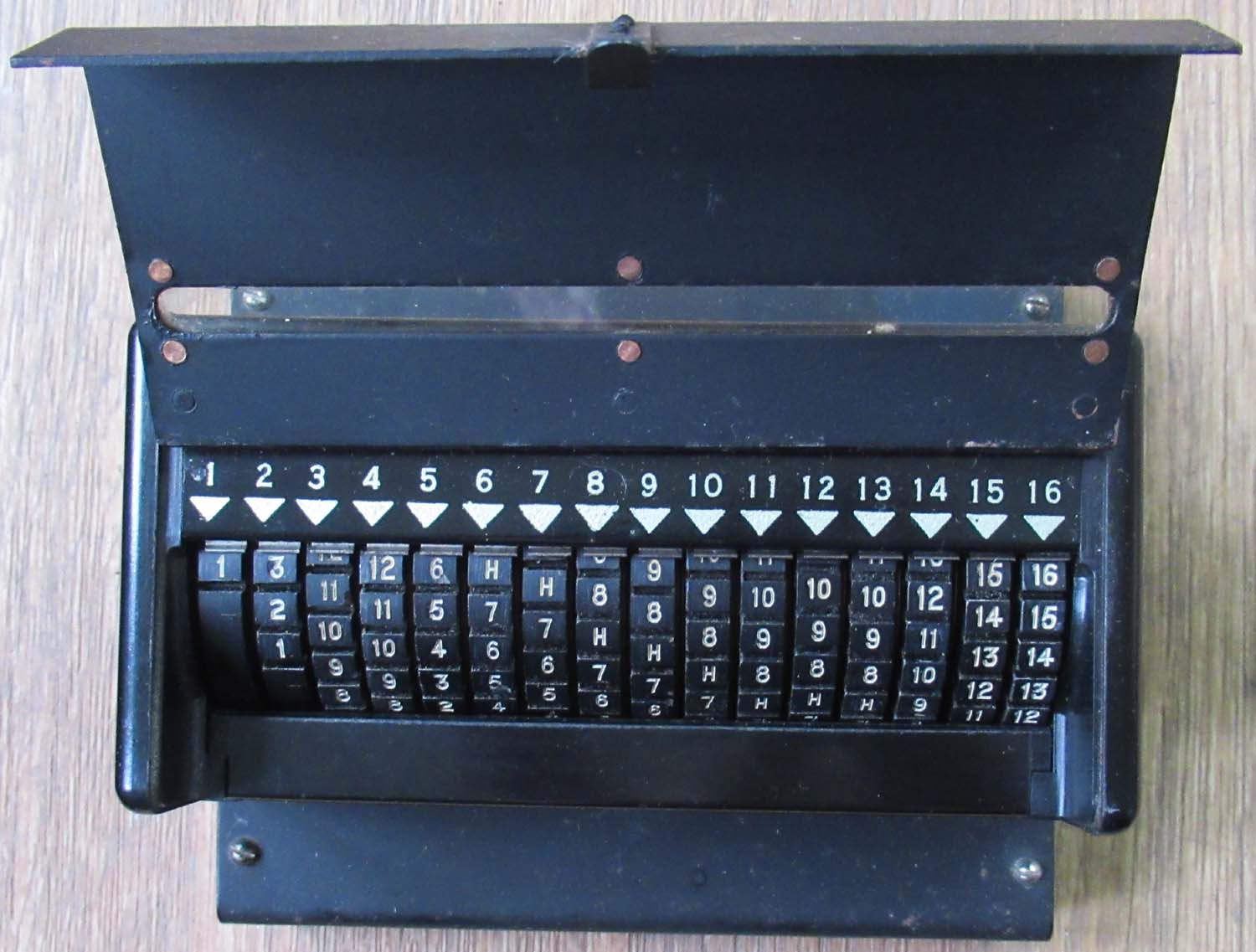
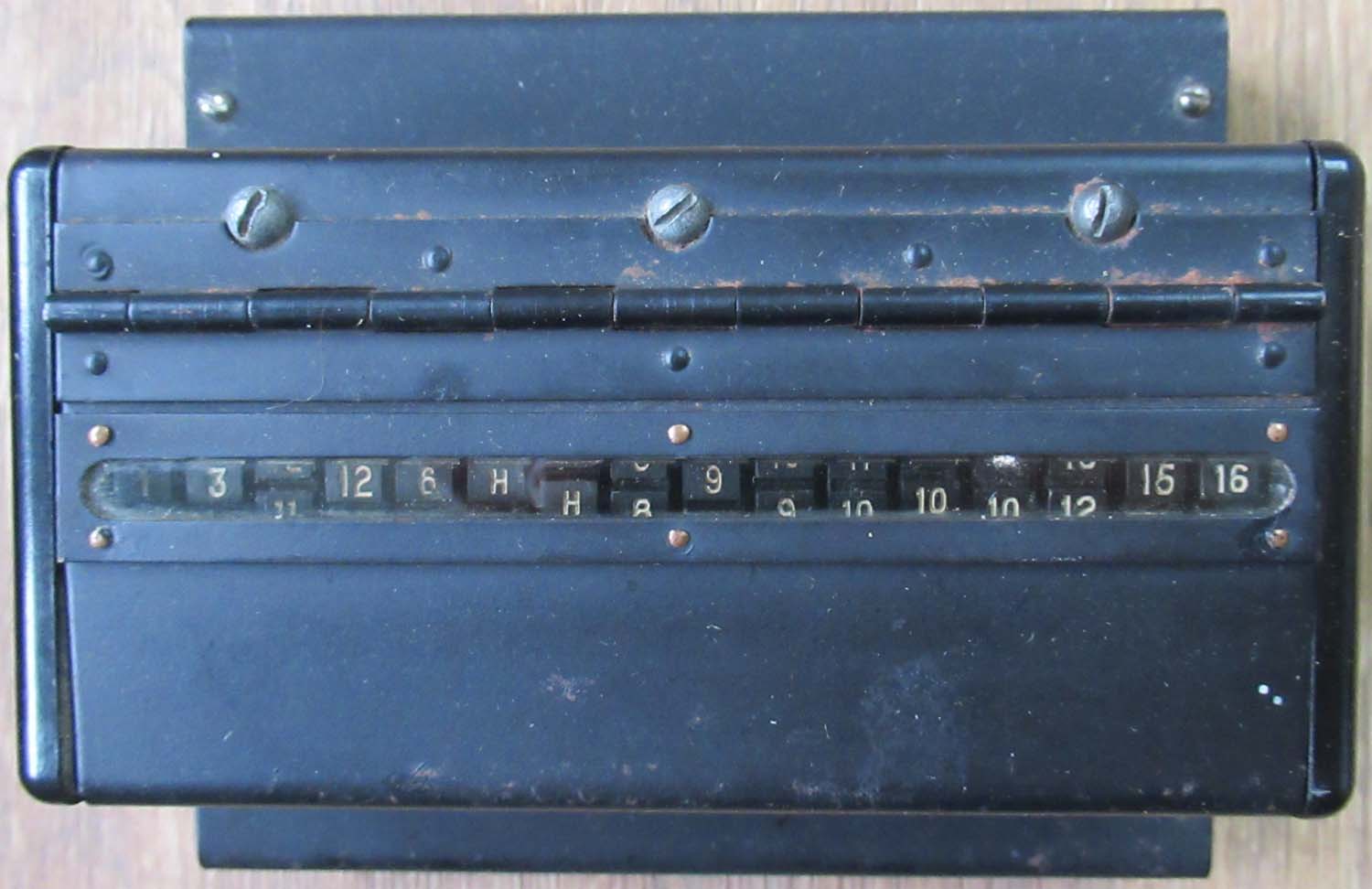
Out of stock more wanted please
contact me |
|
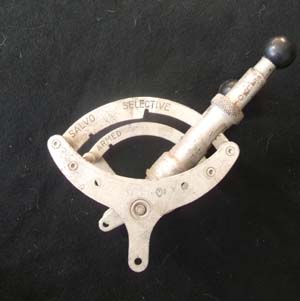
Click on the
pictures to enlarge them.
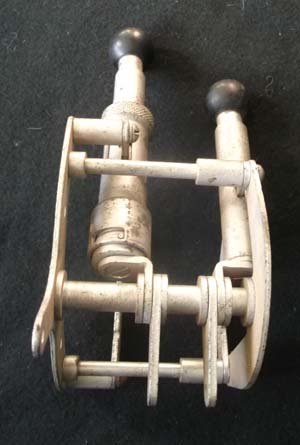
Click on the
pictures to enlarge them.
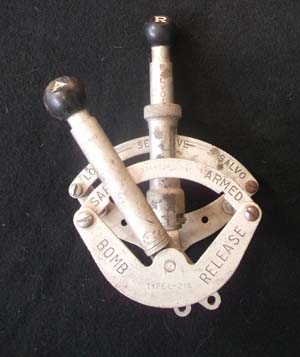
Click on the
pictures to enlarge them.
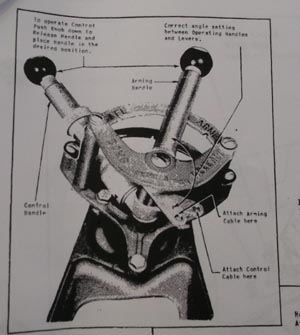 |
P40 Bomb release (pg2 Arm)
This is a really nice bomb
release mechanism from a P40 . In good original condition
all the levers move as they should. Will be supplied with a
booklet showing its installation and use.
The prototype for the P-40
series was flown in 1938. The P-40 Warhawk was the first
single-seat American fighter to be produced on a large
scale. At the onset of the hostilities, almost half of the
USAAF airplanes were P-40s.
Slower and less
manoeuvrable than the majority of the other fighters of its
time, the Warhawk, the Curtis P-40 Warhawk nonetheless was a
very tough and dependable aircraft. and one of the most
beautiful looking fighters of WWII often painted with the
classic shark tooth look. Improvements continually made it a
better airplane, and it was used throughout the war.
Production of all P-40s totalled 16,802 planes.
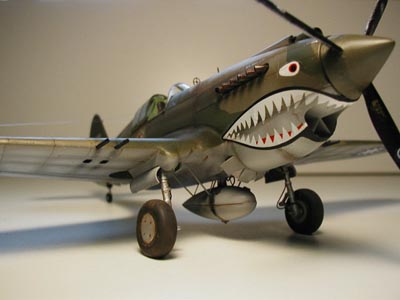
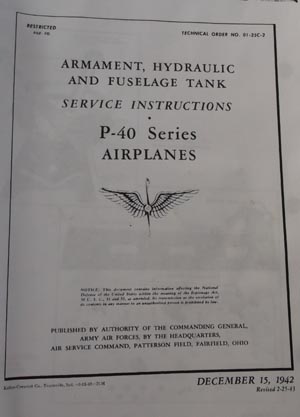
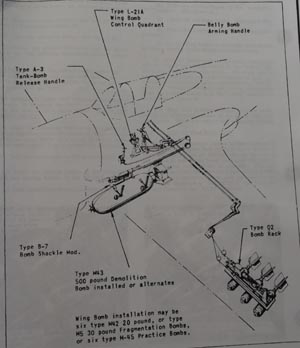
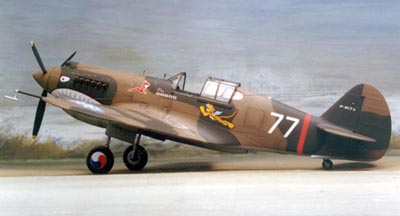
Out of stock more P40 parts wanted please
contact me
|
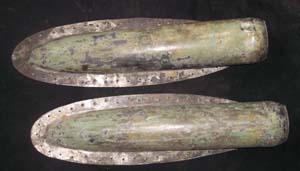
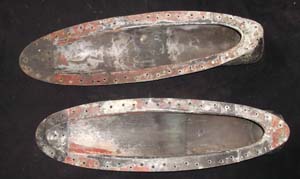
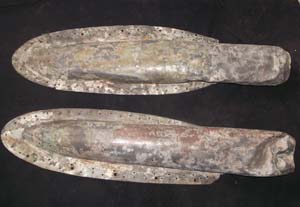
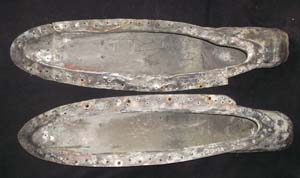
Out of stock more required please
contact me |
Mosquito Cannon Cowlings (pg2 arm)
Here is a complete set of
cannon cowlings for the Mosquito two short and two long. These were set in the
underside of the Mosquito nose in the fighter variant. They
are not perfect having but we have restored them as best we
can by knocking out the dents. The smaller pair are very
good shape. They are all basically sound with
no filler in them. Possibly an unique opportunity to get a
complete set and someone with good panel beating skills
could probably improve on our efforts.
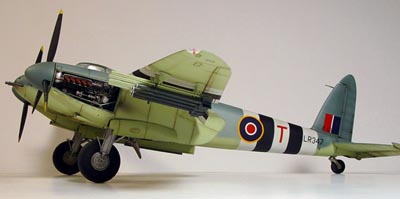
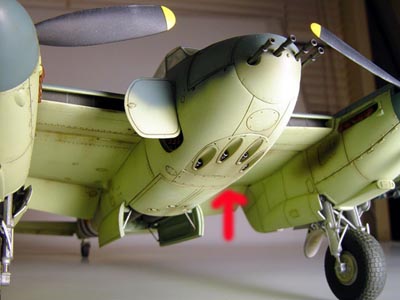
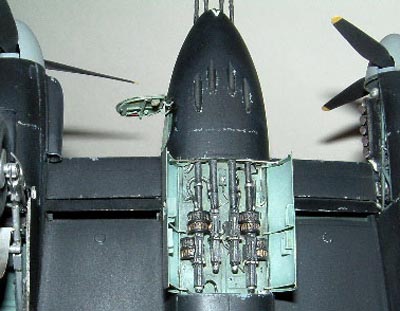
|
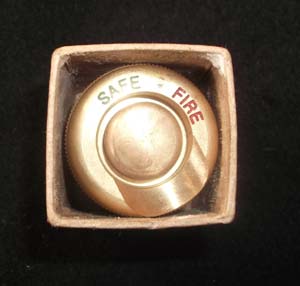
Waiting for new stock |
Reproduction Mk I Spitfire Gun Button (pg 2 arm)
This quality
repro has a button which will depress and a moving safety ring
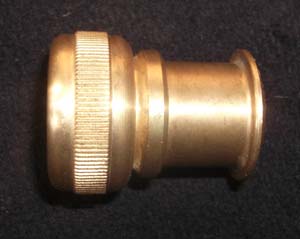
Click Here to see our Repro Spade Grips |
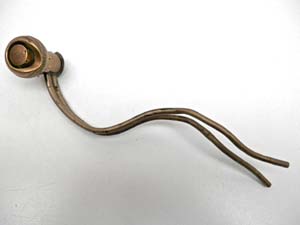
Click on the
picture's to enlarge them.
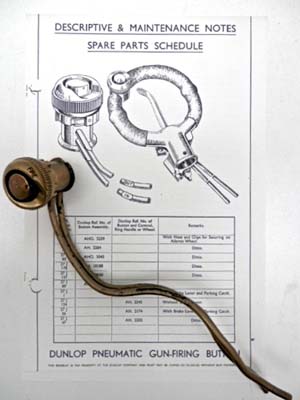 |
Original Fighter Gun Button (pg2 arm)
Here we have an original brass gun
button. Used in many RAF Fighters including early Spitfires
and Hurricanes. Interestingly this one is Marked AH 2040
which was the spade grip used in the Hurricane.
Click on the
picture's to enlarge them.

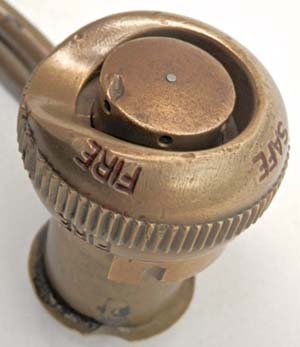
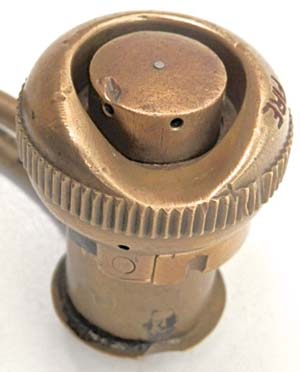
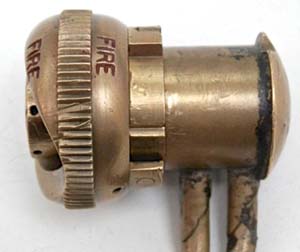
Out of stock more wanted please
contact me
|
|
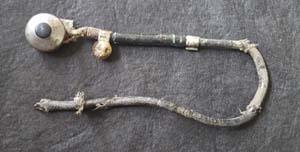
Click on the
picture's to enlarge them.
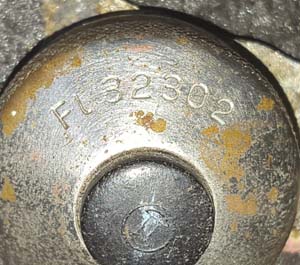
Click on the
picture's to enlarge them. |
Battle of
Britain BF 109 E 0 fire button FL 32302 (pg2 arm)
This is a really nice original piece
with history it was recovered from the crash sight of BF 109
E wk nos 4076 shot down at 9.30 am on the 31st of August
1940.
The Pilot Oberlentnant Eckehard Priebe
was on his first mission in the Battle of Britain.
The 109
suffered jammed guns in combat over the Thames Estuary and
was shot down by pursuing Spitfires, he bailed out over Elham and was taken prisoner.
His unit lost seven aircraft
on that day. Priebe was a veteran of the Battle of France
scoring three victories eventually being shot and wounded by
a Hurricane ending his combat in the Battle of France.
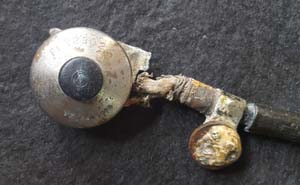 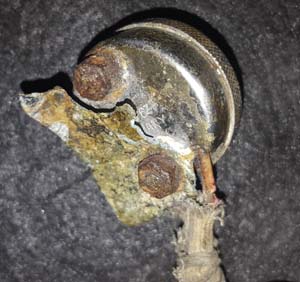
Out of stock more always wanted please
contact me |
|
Click on the
pictures to enlarge
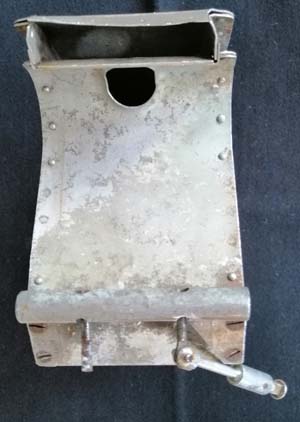
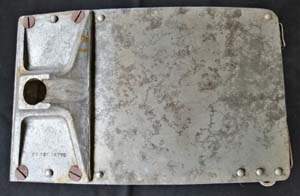
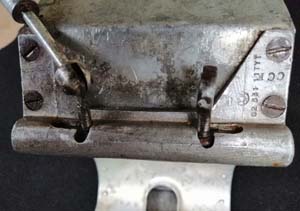
Reserved
|
Spitfire .303
ammunition box (pg1 Arm)
This is a really nice and very
rare piece its the first one I have seen. Covered in
Spitfire part numbers and inspectors stamps, its in good
general condition the hinge needs attention but the lid
opens easily and the spring loaded locks work. These boxes
were removable but once loaded were located in the wings to
supply .303 bullets to the Guns. This was made specifically
for the Spitfire. This peace has the VACB inspection stamps
meaning made in Vickers Armstrong Castle Bromwich.
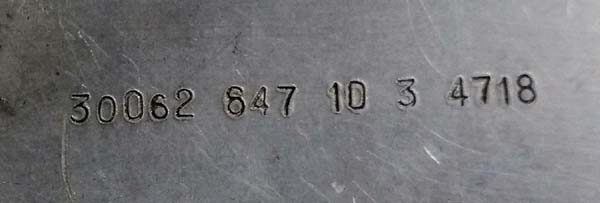
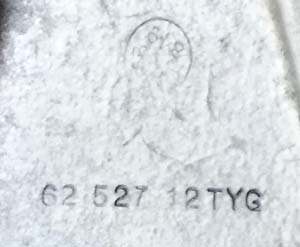
300= MK I Spitfire
62 = Armament
Although listed as a MK I part number if the design of the part did
not change it kept the original 300 part number This
piece came from an airfield in France set up in 1944 so most
probably from a later MK of Spitfire aircraft .
At the end of August 1944, the Americans and the English set
up an aerodrome on the VAUMEILH village plateau 10 km north
of SISTERON in the lower Alps, now the Alpes de Haute
Provence. It serves as a base and refuelling point for
British and American aircraft, the base was active until the
end of 1945. The piece was found along with a jettison tank
and this box with ammunition English for Spitfire, on the
farm of Mr AYASSE at the place called "Les TONINS". located
next to the aerodrome. The jettison tank is in a museum.
Click on the
pictures to enlarge

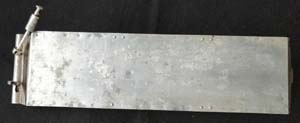


Click on the
pictures to enlarge
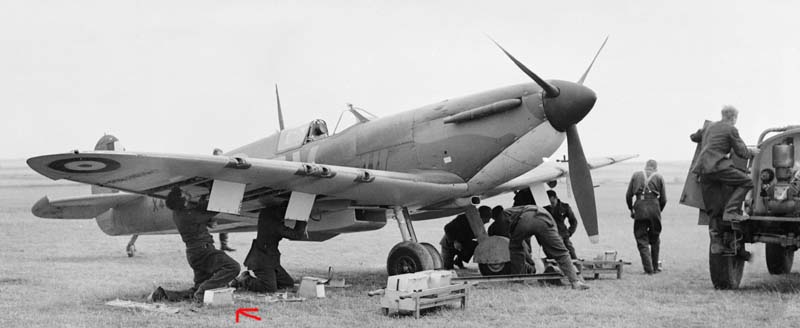
Shown above
A Supermarine Spitfire Mk 1 of No. 19
Squadron RAF being re-armed between sorties at Fowlmere,
near Duxford, September 1940 you can clearly see the
ammunition boxes.
|
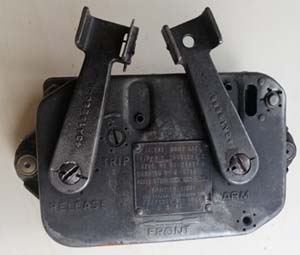
Click on the
pictures to enlarge them.
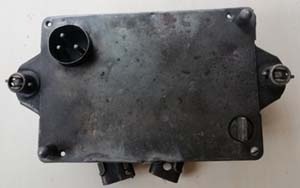
Out of stock more wanted
contact us |
B17 manual bomb
release (pg 1 arm)
Here is a manual bomb release from a B17 . Seen below left
its position in the Bomb bay of the aircraft. This peace was
used if the bombs refused to drop when released by the bomb
aimer. It is in good original condition.
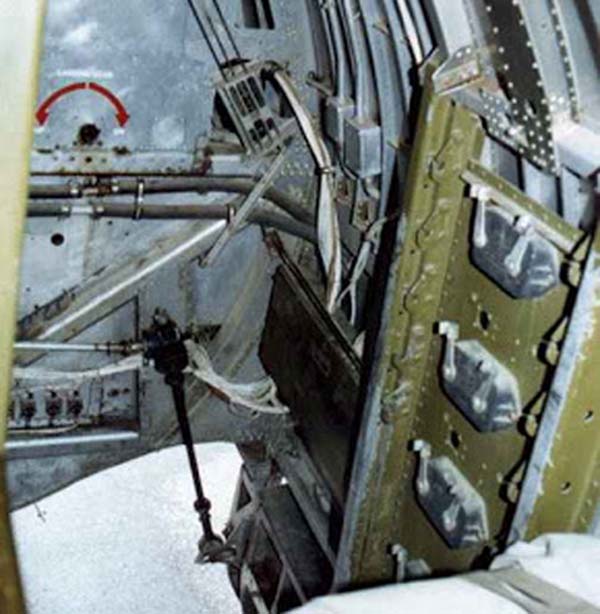 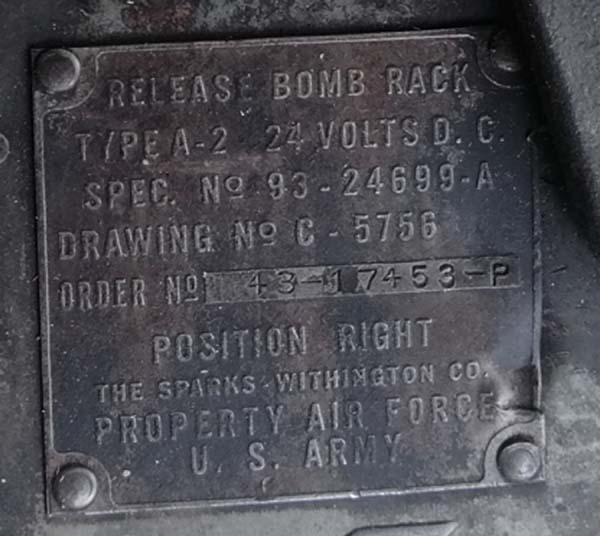
|
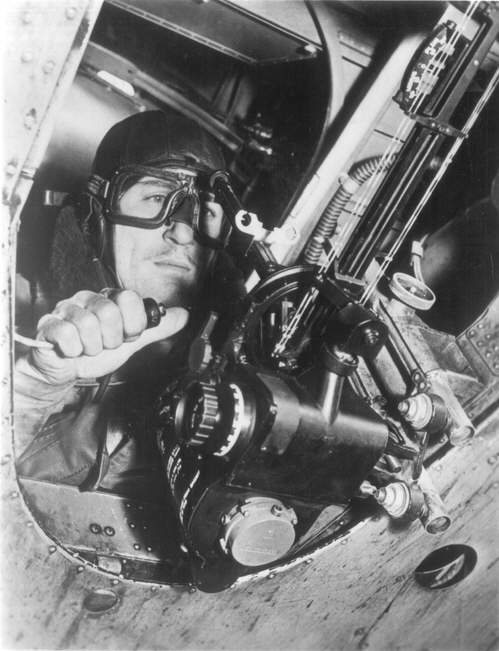
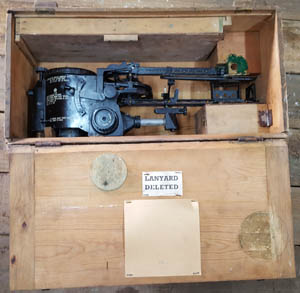
Click on the
pictures to enlarge them
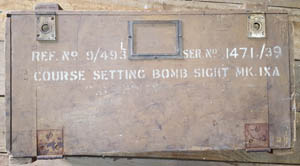
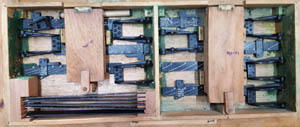
Out of stock more wanted
contact me
|
Coarse setting
Bombsight MK IXA (pg1 arm)
This is a coarse setting
bomb sight complete in its
original box and dated 1939.
It is in excellent original
condition please click on
the pictures to enlarge them
and take a better look.
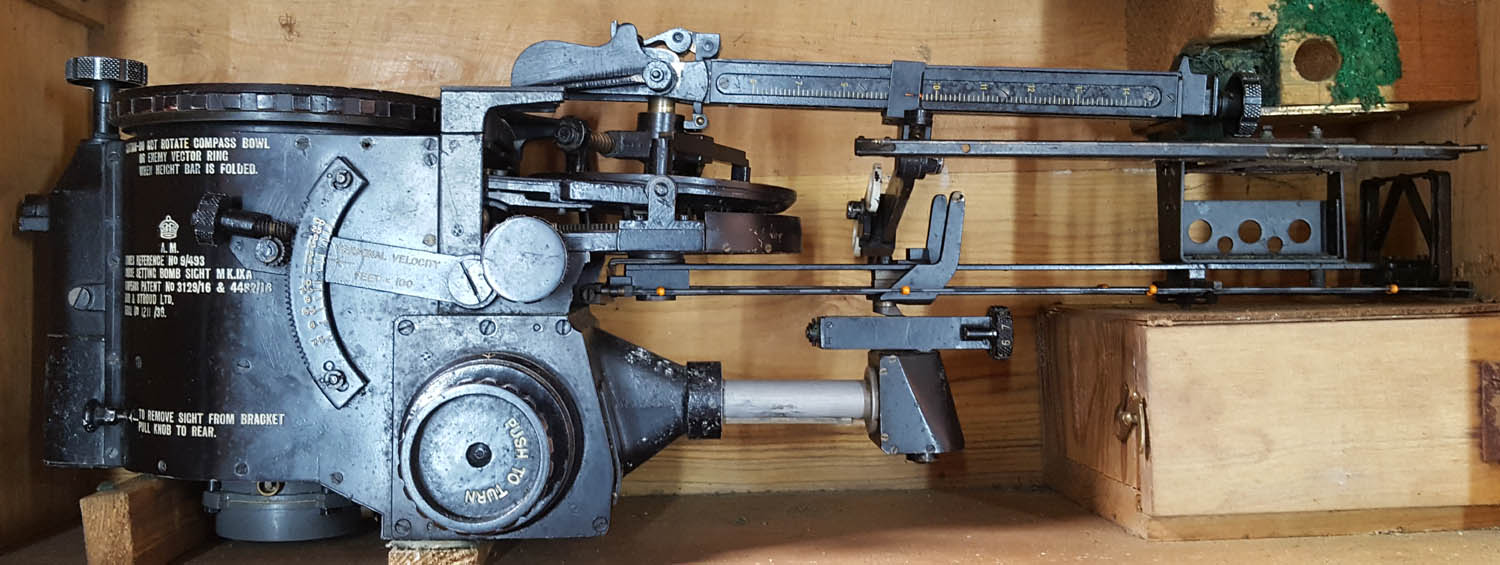
Click on the
pictures to enlarge them
The Course Setting Bomb
Sight was developed by Harry
Wimperis during the years
preceding the opening of
WWII.
The invention solved many
issues associated with the
aircraft-bomb-dropping
problem, including
accounting for the
aircraft's speed, altitude,
wind-drift, weight of the
bomb, etc. It is quite a
complicated, manual device
for the age, It was
typically used while the
bomb-aimer is exposed to
open air from the bottom of
the aircraft while in flight
or from the glass nose of
the aircraft.
It was used in a number of
different RAF bombers during
the early part of the war
(e.g., Fairey Battle,
Bristol Blenheim),
eventually giving way to
semi-automatic computing
bomb sights such as the
Sperry S-1, especially for
heavy bombers such as
Lancasters.
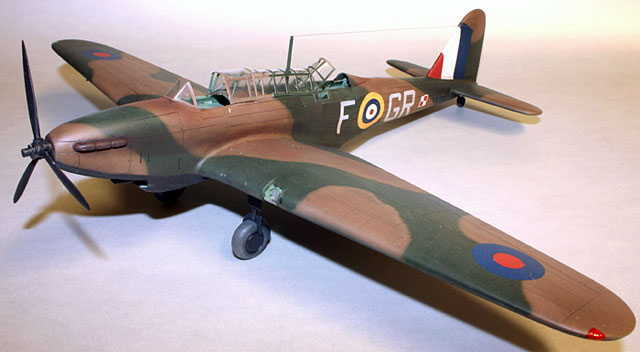
Seen above the Fairey Battle
During its
development prior to the opening of WWII the
CSBS added several new features. A simple
modification found on pre-war models was the
Auxiliary Drift Bar attachment. This
consisted of a single drift wire in a
C-shaped clamp that could be moved along the
main drift wires, and rotated in relation to
them.
Previously, the bomb aimer would use the
main drift bar as a tool to measure wind
speed, but it was found that the bomb aimers
would forget to reset it to the proper angle
for bombing when things got busy. These same
measurements could be made with the
Auxiliary Bar, leaving the main drift bar in
the proper position.
Later versions used by
RAF Coastal command and the RN also included
a further adjustment, the Fourth Vector,
for attacking moving targets.
This was primarily
intended for use against ships and
submarines..
This was a fairly
complex system of rotating rings and sliders
that allowed the bomb aimer to dial in the
relative course of the target and its
estimated speed. This moved the back sight
directly fore and aft, and turning the
heading dial adjusted how much the speed
dial moved the backsight.As the resulting
mechanism was fairly large and complex, the
sights were also available with the Fourth
Vector removed, denoted with a *,
as in the Mk. IX A*
|
|
Click on the
pictures to enlarge them
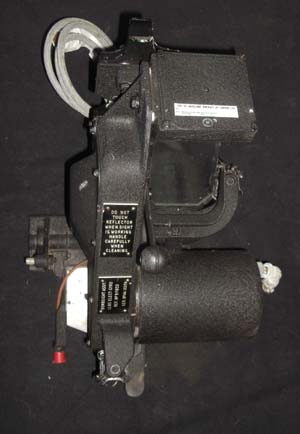
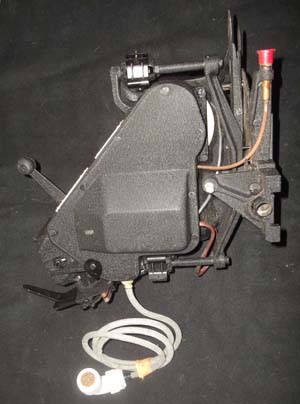
Click on the
pictures to enlarge them
|
RAF MK III Low
Level Bombsite (pg1 arm)
The MK II low level
Bombsight was designed for use and heights up to 1000 Ft and
developed primarily for the bombing of German Submarines at
low level.
The Mk III was also very
effective against land targets and was introduced into
service in May 1943 with the RAF nos 2 group operating
Boston Medium Bombers.
It also saw service with the
famous 617 Dambuster Squadron in Lancasters in 1944. A few
examples were also used by RAF 627 Squadron Mosquitoes of
the 8th Pathfinder force.
In
excellent complete and original condition.
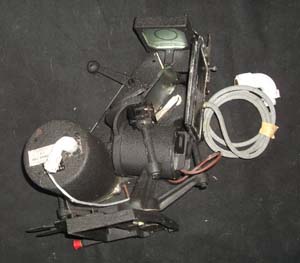 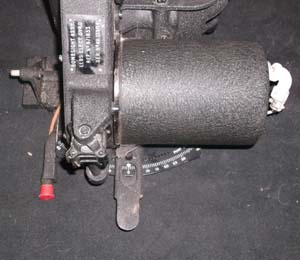
Click on the
pictures to enlarge them
Out of stock more wanted
please contact me if you
have one for sale
|
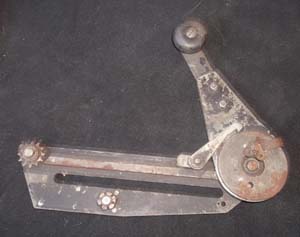
FN-82 - two gun 50 call
tail turret on late-model Lancaster
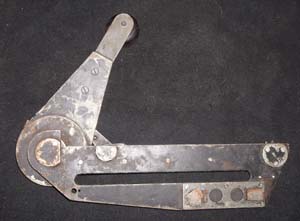
|
FN 82 50 call Browning cocking lever(pg1 arm)
Here is a really nice piece
its the cocking lever from a 50call turret. The gunner could
not reach the bolt in the normal way due the space
restrictions and this modification was added to the 50 call
browning to allow the gun to be cocked. A nice rare piece in
excellent condition. This is for the right hand gun
Seen in situ
in an FN82 Turret under
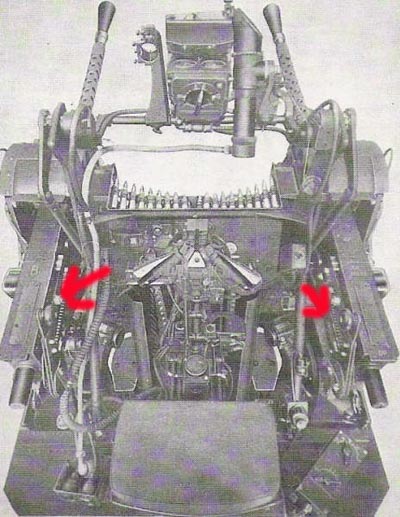
Out of stock more wanted
contact me
|
|
Click on he
pictures to enlarge
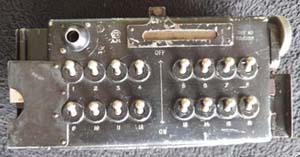
Click on he pictures to enlarge
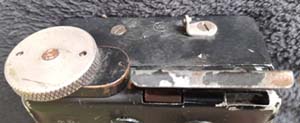
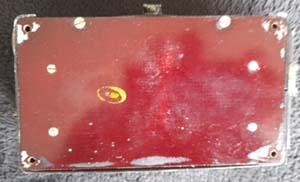
Out of stock
|
Lancaster Bomb selector
3 (pg2 arm)
This is a bomb selector
switch panel mounted on the bomb aimers panel. It is in very
good condition in its original box.
The switches were set to
allow the bombs to fall in a manner which would not
de stabilise the aircraft upon release.
Also used in other RAF WWII Bombers.
This Carries the Air Ministry
Ref 5D/656
Seen in situ
under in a Lancaster this is not the unit shown left but
would be situated in the same position click on the picture to enlarge it.
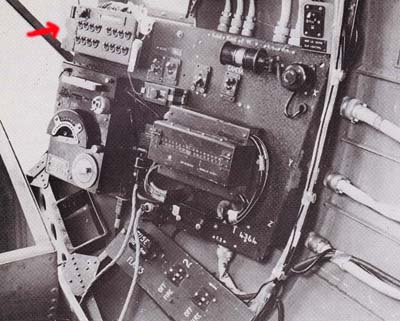
This peace is in very nice condition everything functions
as it should .
|
|
Click on
picture to enlarge
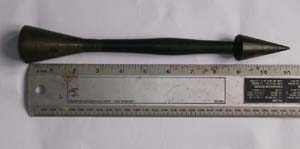
Aerial darts
falling on Calvary in WWI
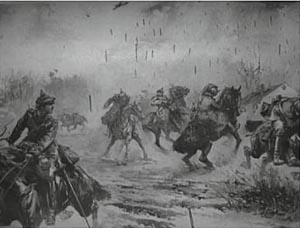
|
WWI German Flechette (pg1 arm)
This piece is a testament to
the brutality of the First World War and the very first
offensive bombing weapon. These simple darts were
dropped in their thousands over the trenches of the Western
front on the troops and supply lines.
When dropped from an
aircraft at 5000Ft these simple weapons would reach a
velocity matching a rifle bullet and pierce a soldiers
helmet and also caused horrific injuries to the pack mules
and horses used to supply the troops. In A1 original
condition and despite the huge numbers they were originally
produced in, is a very rare example of the first aerial
delivered armament.
This is super rare 100% original Fliegertruppen, Imperial German Flying Corps aerial dart or
flechette. This is a very large version of the dart and
could be the only survivor of its kind in the world.
This is a high quality precision engineered item that screws
together in three sections and is about 28cm long and about
300g in weight.
With metal tip and tail it has a wooded shaft, possibly two
large to be dropped in numbers from fixed wing aircraft it
may have been dropped from airships or possibly had a
specialist purpose for killing war horses?
Out of Stock More
Wanted
Contact Us |
|
Click on the
Picture's to enlarge them
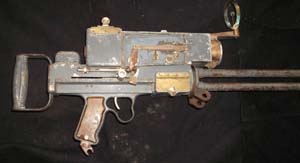
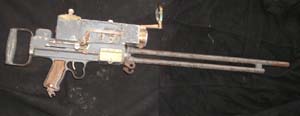
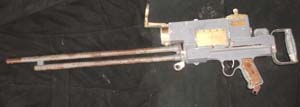
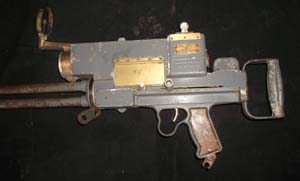
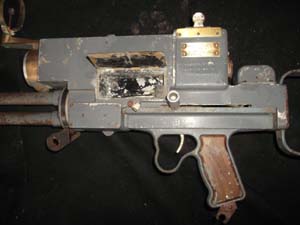
|
1930s Lewis
camera gun (pg1 arm)
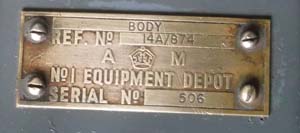
This is superb item, it is
a camera gun version of the Lewis gun used in the mid 1930's
and early 1940's RAF aircraft.
Made by
Houghton-butchers ltd of London they were used to train
gunners buy recording film of there accuracy during mock
attacks. It was used in all aircraft fitted with the Lewis
gun one of the most notable being the Fairey swordfish that
despite its antiquated design continued in service with the
FAA during WWII and being the aircraft responsible for
crippling the Bismarck rudder in a torpedo attack, which
caused the ship to circle and the Royal navy to close with
its capital Battleships.
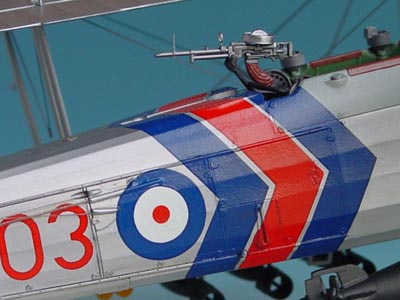
Swordfish gunners among
others would have used this camera gun during their
training.
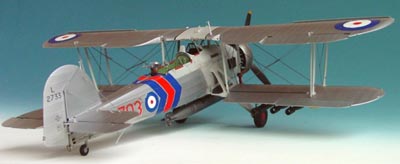
Out of stock
more always wanted please
contact me
|
|
Click on the
pictures to enlarge them
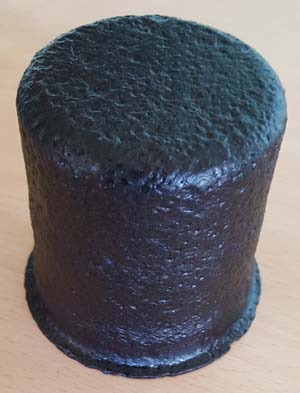
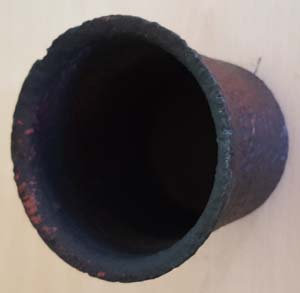 |
60Lb Rocket cap
(pg1 arm)
This is a metal cap that
sealed the 60Lb rocket shown above as used by the typhoon
and other RAF ground attack aircraft.
The rockets only had
their warheads added just before flight for obvious reasons
, this cap sealed the solid fuel rocket to prevent it
becoming damp.
This cap was recovered in
the Arnhem area of Holland so the rocket it was attached to
was almost certainly used in attacks on German targets after
D Day. I have painted it to preserve it.

Click on the
pictures to enlarge them
The cap has the same screw
thread as the rocket warhead and screws on to the rocket
tube .
Out of stock more always wanted
contact me
|
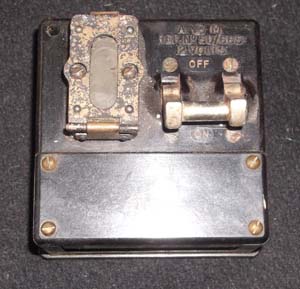
Click on the
picture's to enlarge |
Master Control switch (pg3arm)
The Pilots master control switch was
eventually dispensed with and the only master control switch
used was one automatically operated by the Bomb doors. Bombs
could not be released with the bomb doors closed.
Air Ministry Marked
5D/665
12 Volt
Out of stock more wanted please
contact me
|
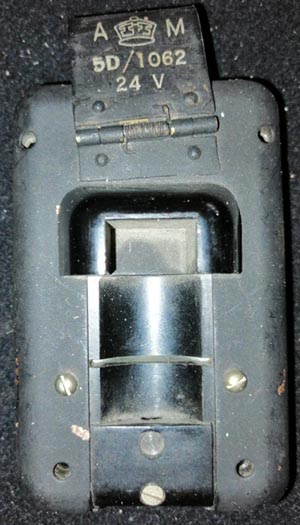
Click on the
picture's to enlarge
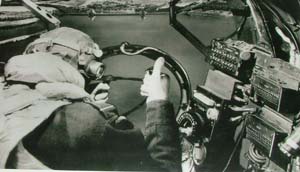 |
Bomb Release holder (pg3arm)
This is the bomb release button switch holder which fits
to the bottom centre of the bomb aimers panel.
Everything on the bomb
aimer's panel is available on the website.
Fitted to Lancaster's and most other heavy
bombers.
24 Volts as Used in Bombers
This Has the Air Ministry Reference Number 5D/1062
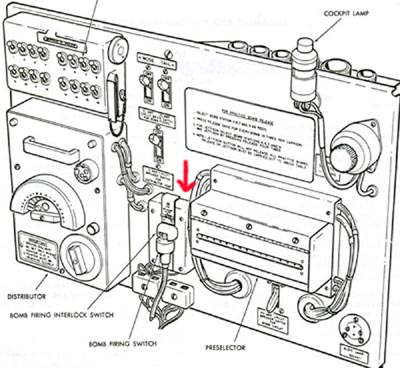
Out of stock
more wanted
please contact me |
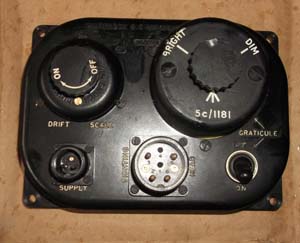
Click on the
picture's to enlarge
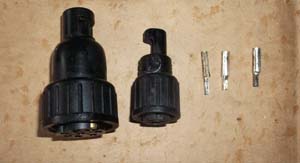 |
Switch Box Lancaster (pg3 cont)
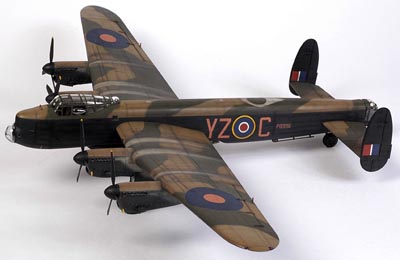
Mint boxed
switch box used in Lancaster's Bomb aimers panel dated 1943.
Only removed
for photo.
Includes plugs
and electrical fittings
Out of stock more wanted
please contact me
|
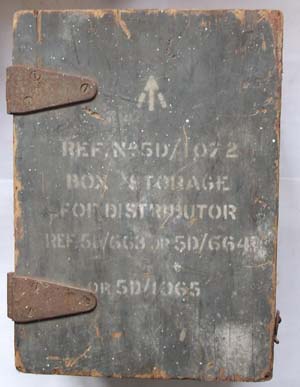
Click on the pictures to enlarge them.
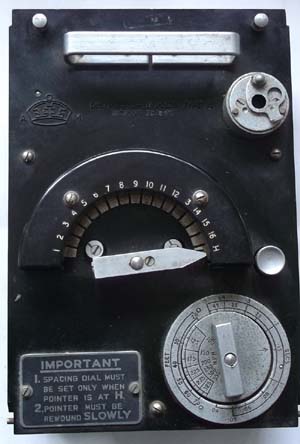
Out of stock
more wanted
please contact me |
Bomb Distributor
12 volt 2 (pg3 Arm) Here
we have a Bomb distributor which was
fitted to the bomb aimers position in RAF wartime bombers.
It worked in conjunction
with the MK XIV Bombsite and computer to time the accurate
release of the bombs and keep the aircraft stable during the
release.
This is an extremely rare example being 12 volts,
most bombers used a 24 volt system so this is likely to be
an early example fitted to a Wellington or Whitley.
This is a Type VI and
Carries Air Ministry Reference 5D/663
This is Boxed and
in original condition
Shown
under the Whitley Bomber
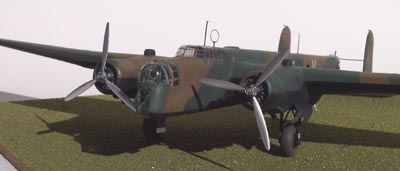
Air Ministry Reference: 5D/663
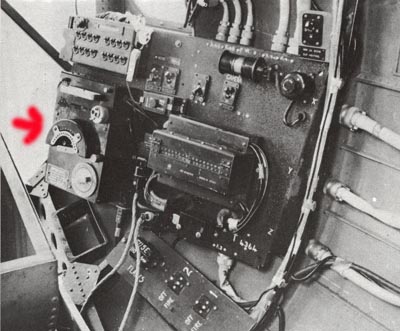
|
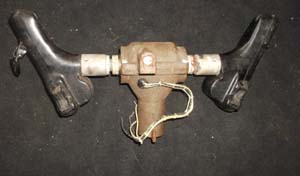
Click on
the Picture's to enlarge them
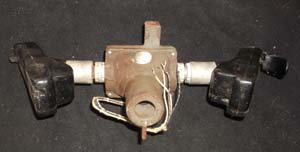
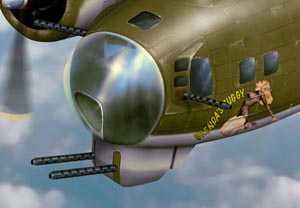
Click on
the Picture's to enlarge them
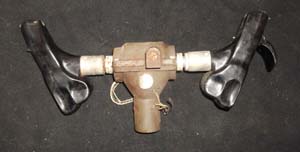
|
WWII B-17 Flying Fortress lower turret control (pg3 arm)
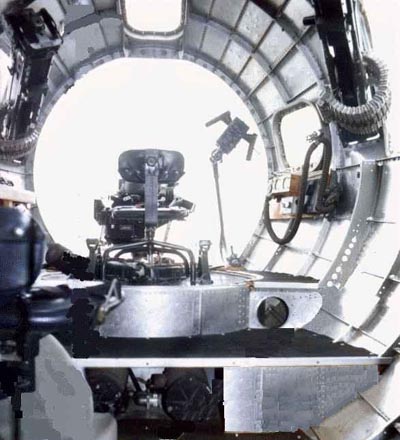
A really nice piece
controls for the front lower turret of the B17m one firing
button is broken but other than this damage it is in superb
condition. This was used by the bomb aimer and folded out of
the way when on the bomb run.
Out of stock more wanted
contact us |
|
|
Original
Browning .303 Booster (pg1 Arm)
Out of stock more always wanted
please contact me if you
have any for sale.
|
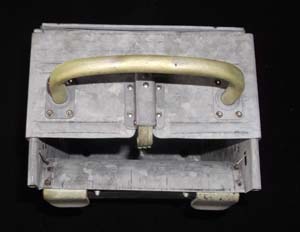
Click on
the Picture's to enlarge them
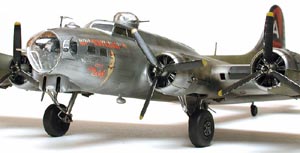
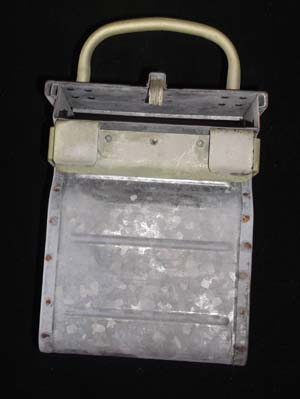 |
WWII B-17 Flying Fortress .50 Calibre Ammo Box (pg3 arm)
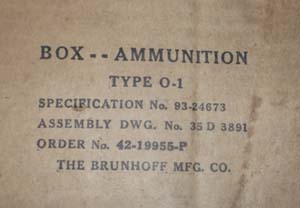
Click on
the Picture's to enlarge them
ORIGINAL WWII B-17 "Flying
Fortress" .50 Caliber Ammo magazine. New Condition, in the
original box Type 0-1, these were the clip on style used
in the waistgun seen in situ under.
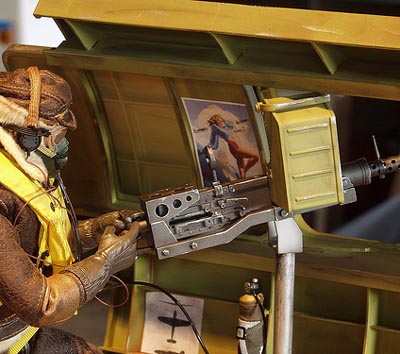
Out of stock
more wanted please
contact me
|
|
Click on the
pictures to enlarge
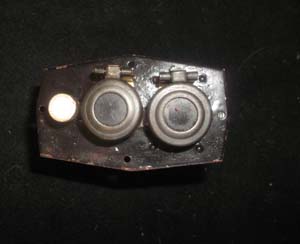
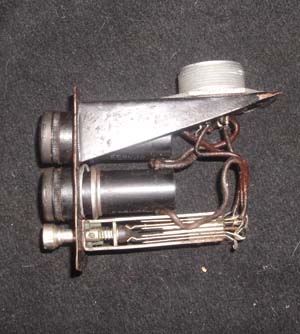
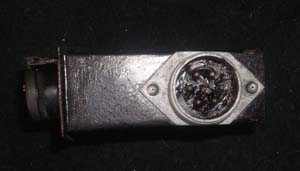
|
Boozer Indicator
for Lancaster(pg1 arm)
Here we have a
very rare original Boozer indicator fitted to Stirling's,
Lancaster's and possibly other heavies, from
1942 to 1944.
This indicator
would have fitted in the main pilots panel. Designed to warn
the pilot he was being tracked by a night fighter.
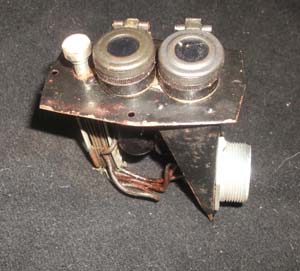
Boozer
was a receiver which provided a visual indication that a
bomber was being held in a radar beam of a type known to be
used for following aircraft
It was
intended to make Boozer a universal fitting in bomber
aircraft.
In April
1943, a request for this equipment to be supplied on a large
scale was made, but for various reasons this target was
never in within sight of realization.
Technical difficulties rising chiefly from an insufficient
knowledge of the details of enemy equipment. Interference
with other airborne radar equipment, such as Monica and
later carpet, and production shortcomings restricted the
number of boozers available.
Boozer idea was undoubtedly a very sound one, the more so
because the apparatus did not itself radiate and so was
immune from homing danger, but the practical obstacles were
too great for it to be really effective and there is no
evidence that it ever achieved the success that was hoped
for it. It was finally discontinued in September 1944
Out of stock more wanted
please contact me if you
have one for sale |
|
Click on pictures to enlarge
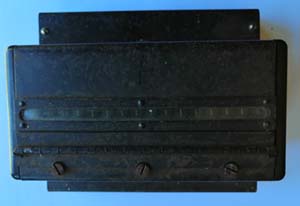
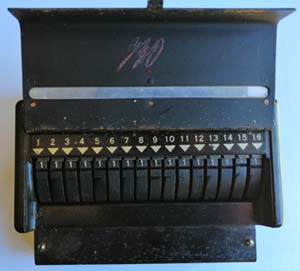
|
Lancaster Bomb
Pre Selector 2 (No pg2 arm)
Here we
have the
standard bomb pre selector unit. This was fitted to the Lancaster
Bomb aimers panel and practically every other RAF Wartime
bomber.
Air Ministry Reference 5D/1063
Click on pictures to enlarge
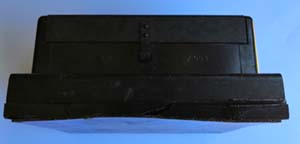
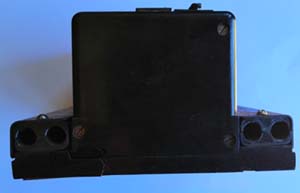
Please note this has
slight cracking damage
to the lower panel but will not be visible if fitted to a
panel..
£225


|
|
Click on pictures to enlarge
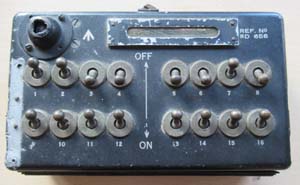
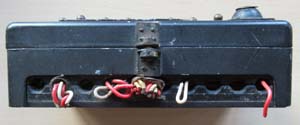
£155


|
Lancaster Bomb
Selector 1 (No pg2 arm)
This is a bomb selector
switch panel mounted on the bomb aimers panel.
The switches were set to
allow the bombs to fall in a manner which would not
de stabilise the aircraft upon release.
Also used in other RAF WWII Bombers.
This Carries the Air Ministry
Ref 5D/656
Seen in situ
under in a Lancaster this is not the unit shown left but
would be situated in the same position click on the picture to enlarge it.

All the switches move but and lock. The knob that turns
on the side is missing
|





















































































































































































